 It was one of those absolutely gorgeous, early autumn days in 2020, here in my home village of Hillsdale, Ontario, Canada. The type of day where the people who have developed an intolerance to winter would say, “Boy it would be nice if it would stayed this way all winter.” I just got home from walking back from my crossing guard duties and was puttering around in the front pollinator gardens when I heard a very foreign, unique sound that caught my attention.
It was one of those absolutely gorgeous, early autumn days in 2020, here in my home village of Hillsdale, Ontario, Canada. The type of day where the people who have developed an intolerance to winter would say, “Boy it would be nice if it would stayed this way all winter.” I just got home from walking back from my crossing guard duties and was puttering around in the front pollinator gardens when I heard a very foreign, unique sound that caught my attention.
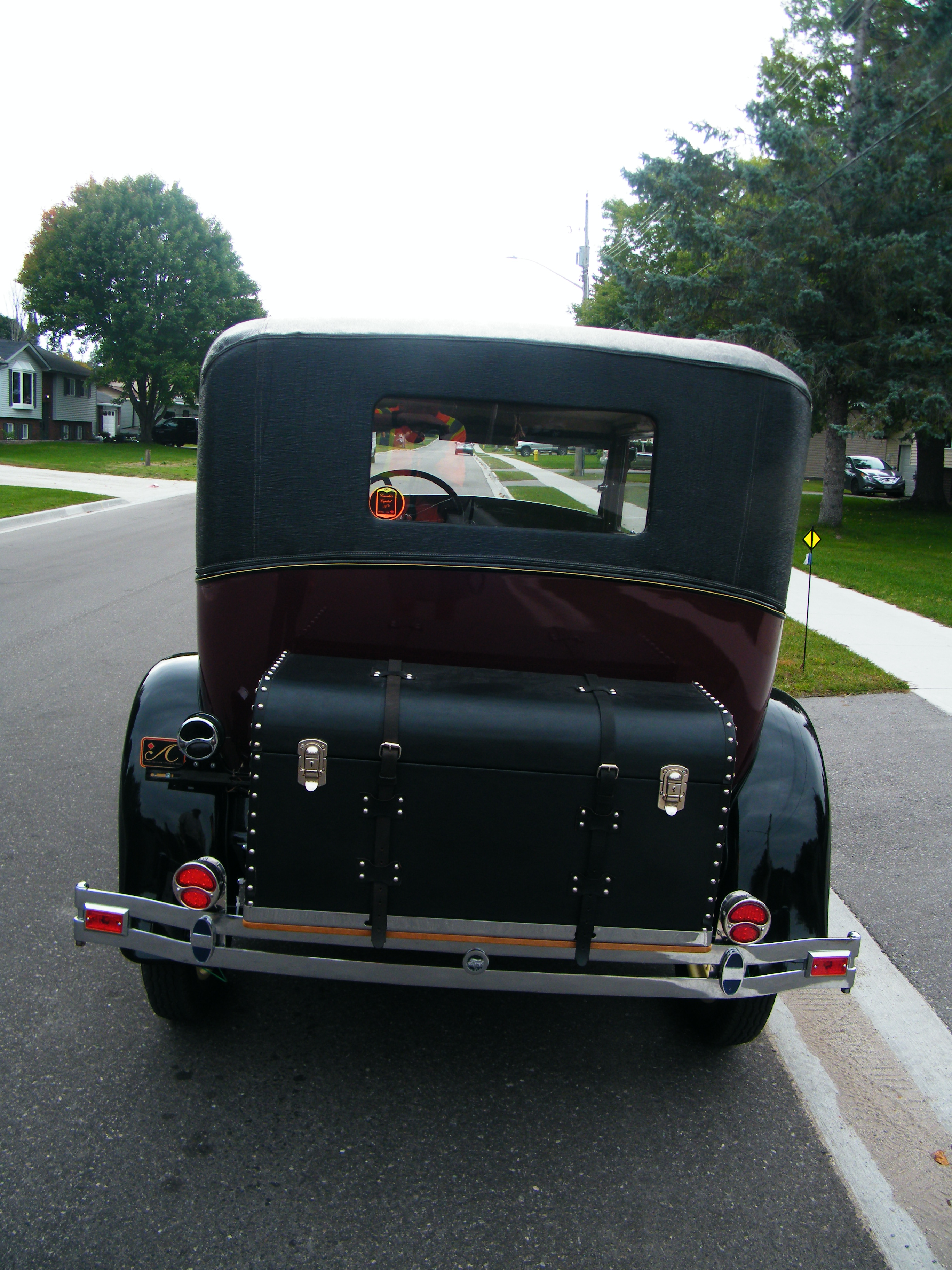

It was my good neighbour and friend Paul O’Hallarn pulling up with his beautiful 1929 Model A Ford. This little man steps out of his car with a smile that seems to reach ear to ear. It is easy to see he is in his “happy place” whenever he gets behind the wheel of his car. Although this car was fairly complete when Paul purchased it, he is putting the finishing touches on it. One of those things is finishing the wiring and electrical system. Paul O’Hallarn reminds me so much of my Uncle Don, who also loved to repair and restore cars and other items.

In a throw away society, Paul will often repair items that have become broken, rather than throwing it out. Newer isn’t always better. And it uses an incredible amount of resources to manufacture and ship new products. Some other items that Paul has repaired/renewed/restored is his Ford tractor and a 1928 Essex car. Plus numerous household appliances. The more stuff that can be repaired instead of throwing it away and buying another one, the better it is for our planet.

Another area that Paul is really passionate about is collecting cans and bottles, and donating the proceeds to charity. His favorite charity is the Ontario Society for Prevention of Cruelty to Animals (OSPCA). He has a big container at the end of his driveway where people drop off their empty cans and bottles. If the can or bottle is refundable, Paul will return it for a refund. Non refundable pop cans, Paul will crush the cans. When he has enough for a trip, he will deliver them to a local metal recycler. It is weighed and Paul is paid for the value of the scrap aluminum and steel. Paul mentioned that the OSPCA receives no government funding. So every bit helps. Since 2013 Paul has donated over $6,500 from the proceeds of his can and bottle collecting, mostly to OSPCA, and some to the Seeing Eye Dog Foundation. He also mentioned that it is so important to keep busy with something to do in his retirement. But the real winner is the environment.

There is no long distance travel allowed these days with the pandemic. But we can travel virtually (and it is much cheaper). So let’s go out to mile 300 on the Alaska Highway, to a small resource driven town town called Fort Nelson, British Columbia. And let me introduce you to my blogging/Twitter, forester, running friend Angie White. Interesting enough, there is a connection between Angie White and Paul O’Hallarn, who supports the SPCA. Angie has a rescue dog named Kobi, and together the two of them go out “Plogging”. This fancy word comes from “picking up litter while jogging”. Even somewhere as remote and beautiful as Northern B.C where Angie and Kobi are located, people still litter by using the earth as a waste basket. As a fellow trail runner, Angie directs a local grass roots race in the mountains called “Summit Run-It”. In 2019 the event drew just under 100 people. In 2020 with COVID, where she was located, she was able to hold the event but at 50 max (including volunteers). With significant protocols in place. It is a wonderful way to bring people close to nature. Angie and her husband make the medals themselves from locally sourced alder or birch.

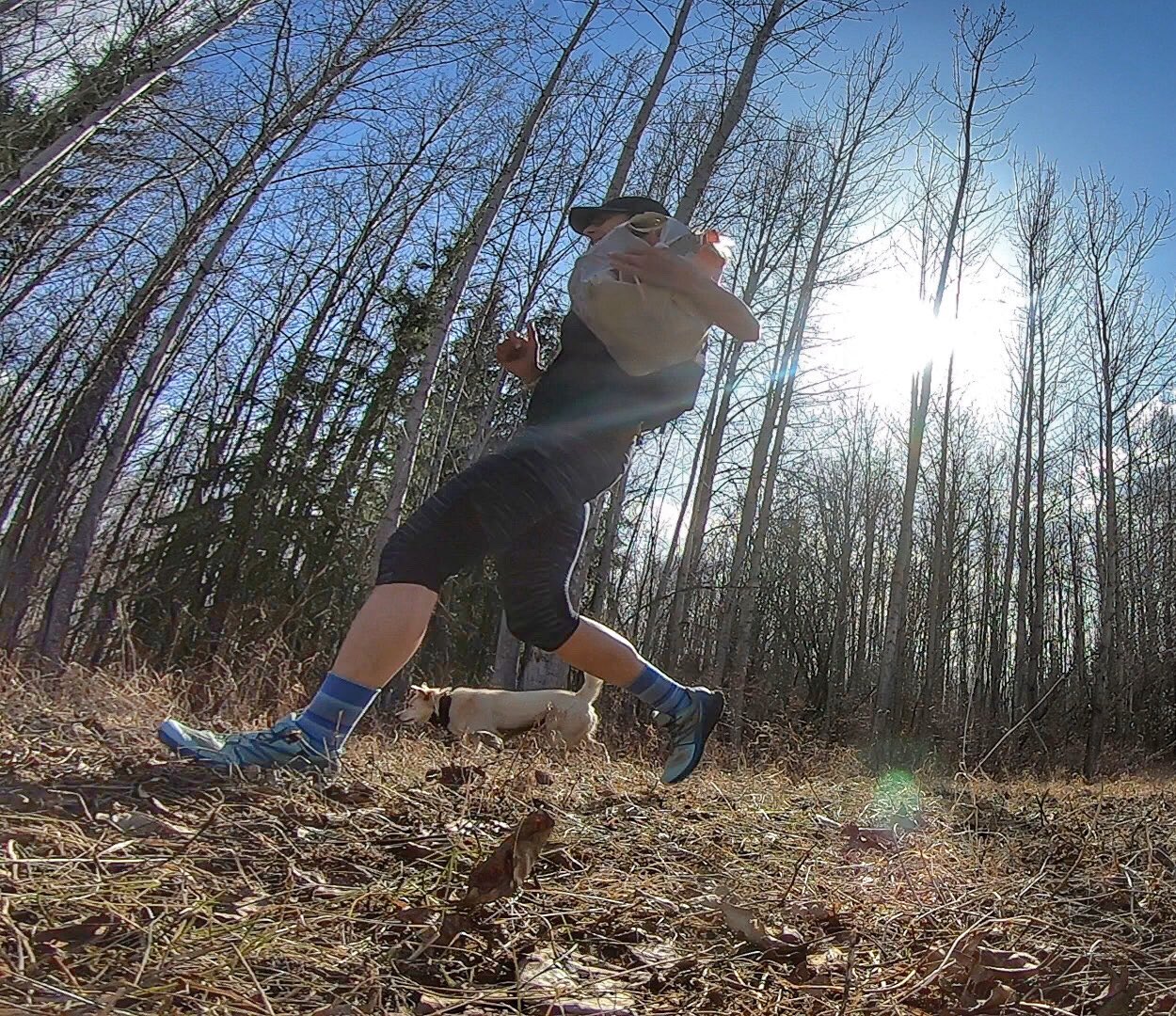
Like myself, Angie has been picking litter for years. She mentioned, “Years and years ago there was a small informal running group and we’d do roadside clean up on some of the running routes we ran on”. So much has changed there. Ten years ago the mill shut down. With the natural gas industry slowing down, this once boom town has taken a major downturn. With people moving away, Angie has lost all the plogging help she used to have. But she still faithfully does it alone. Angie shared with me that there is a stigma attached to it. I totally agree. It could be an association with paid prison inmates in the United States known as Inmate Road Squads who go out to clean up litter. I honestly don’t know. For myself, it is the weirdest feeling when I pick litter. Drivers will just stare going by. Others will gun up their engines as they drive by me. I don’t understand it. But it is what it is.

I told Angie, I’m really not a plogger, because I am stopping to pick up litter every three or four feet where I am. She assured me that I still am. In 2020, I never went out at all litter picking. With COVID, every week there seemed to be a new update, so it was hard determining what was safe, and what was not safe to do. In May 2021, a couple of weeks after my first vaccination I went back out. There was just so much litter. It has been really overwhelming. I’ve been getting a large garbage bag of litter from every 200 to 300 feet of road. That is just on the two municipal roads leading into my village. The Provincial Highway I know is much worse. So I don’t bother with that road at all.

Sometimes my plogging friends around the world will share on Twitter what they find on their rounds. There is still always lots of the single use cans and bottles. And lots of plastic, take out containers, junk food wrappers and toxic to wildlife cigarette butts. In a semi-sort from 300 feet of road just on the edge of Hillsdale that filled a large bag, there was several masks. Something I never encountered pre-pandemic, masks are now thrown out as litter. Now they are everywhere. As well as plastic dog poo bags left behind with the poo in it. Why even own a dog? In the garbage bag there was some butane fuel and lace women’s undies. Even someone’s soggy stash of nasty porn in a black plastic bag.
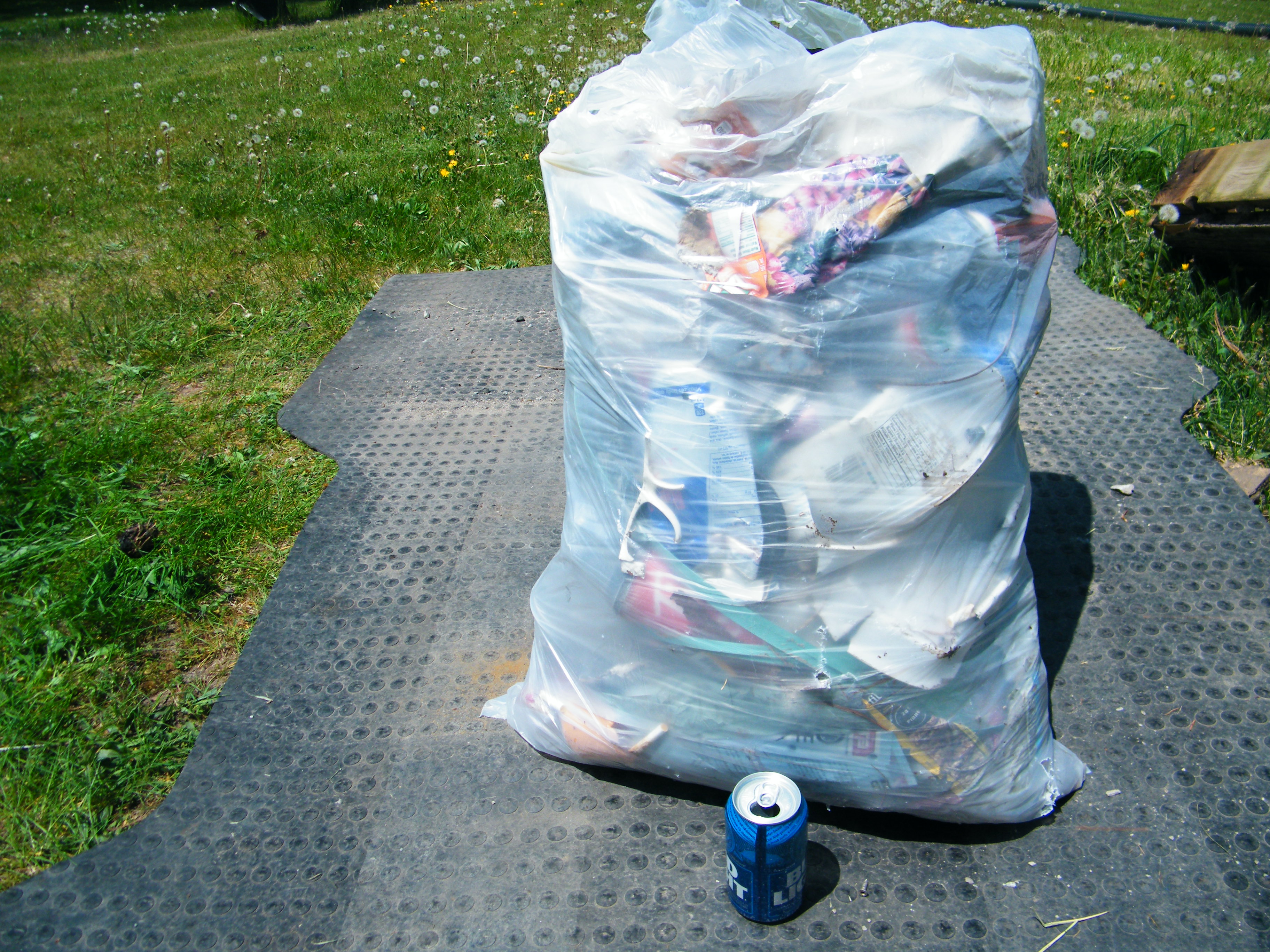
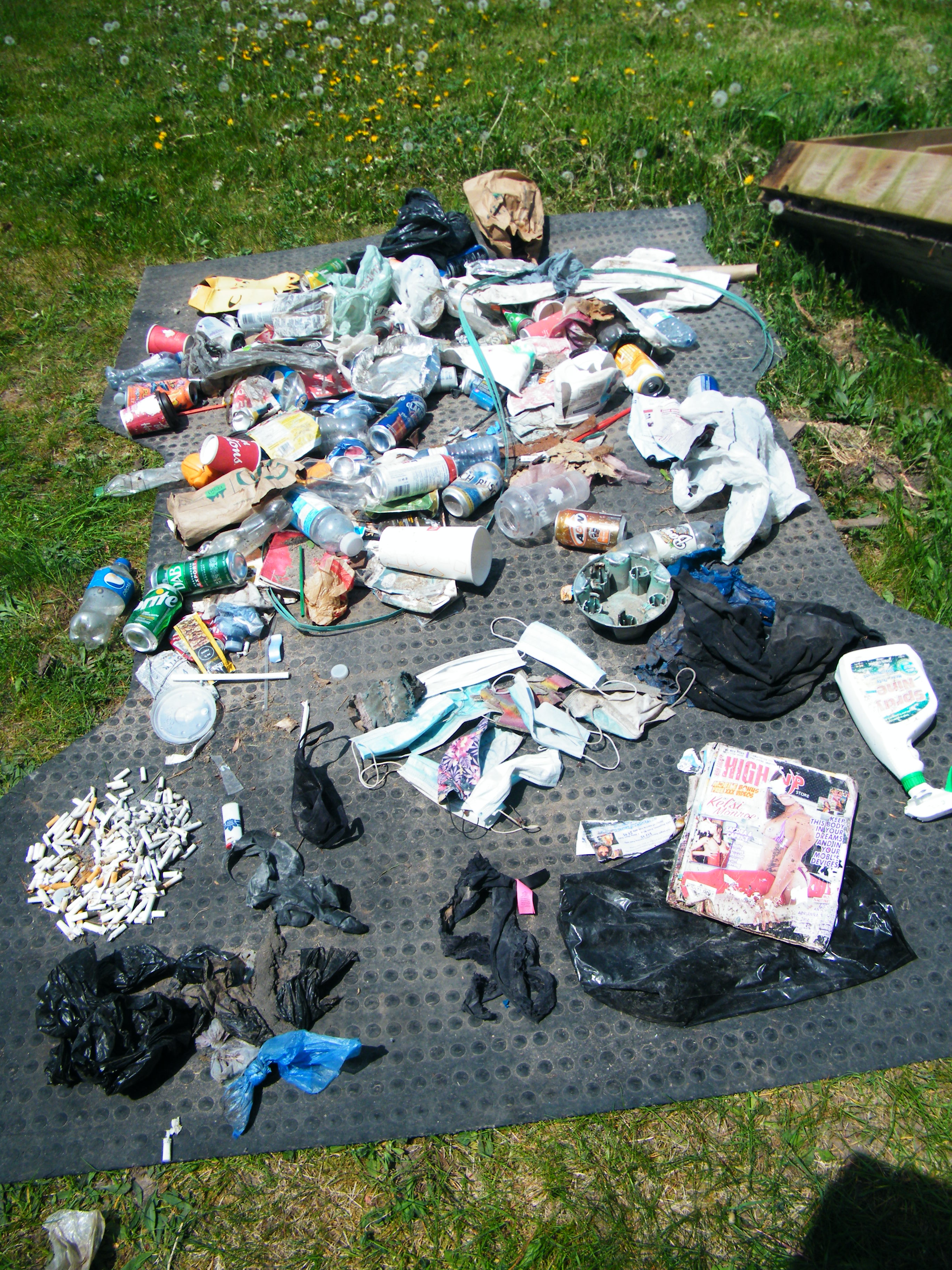
As frustrating as littering is, what I really struggle seeing is the illegal dumpling that regularly goes on. This is a common occurrence in our beautiful county forests. This past early spring, there was an extensive illegal dumping just outside of my village along one of the roads I go plogging. It was thrown over a steep bank, and the only way to notice it was if you were on foot. It was just too big a task for me to individually clean up. I ended up contacting the family of the owners. They I understand in turn contacted the township, who sent a crew to clean things up.
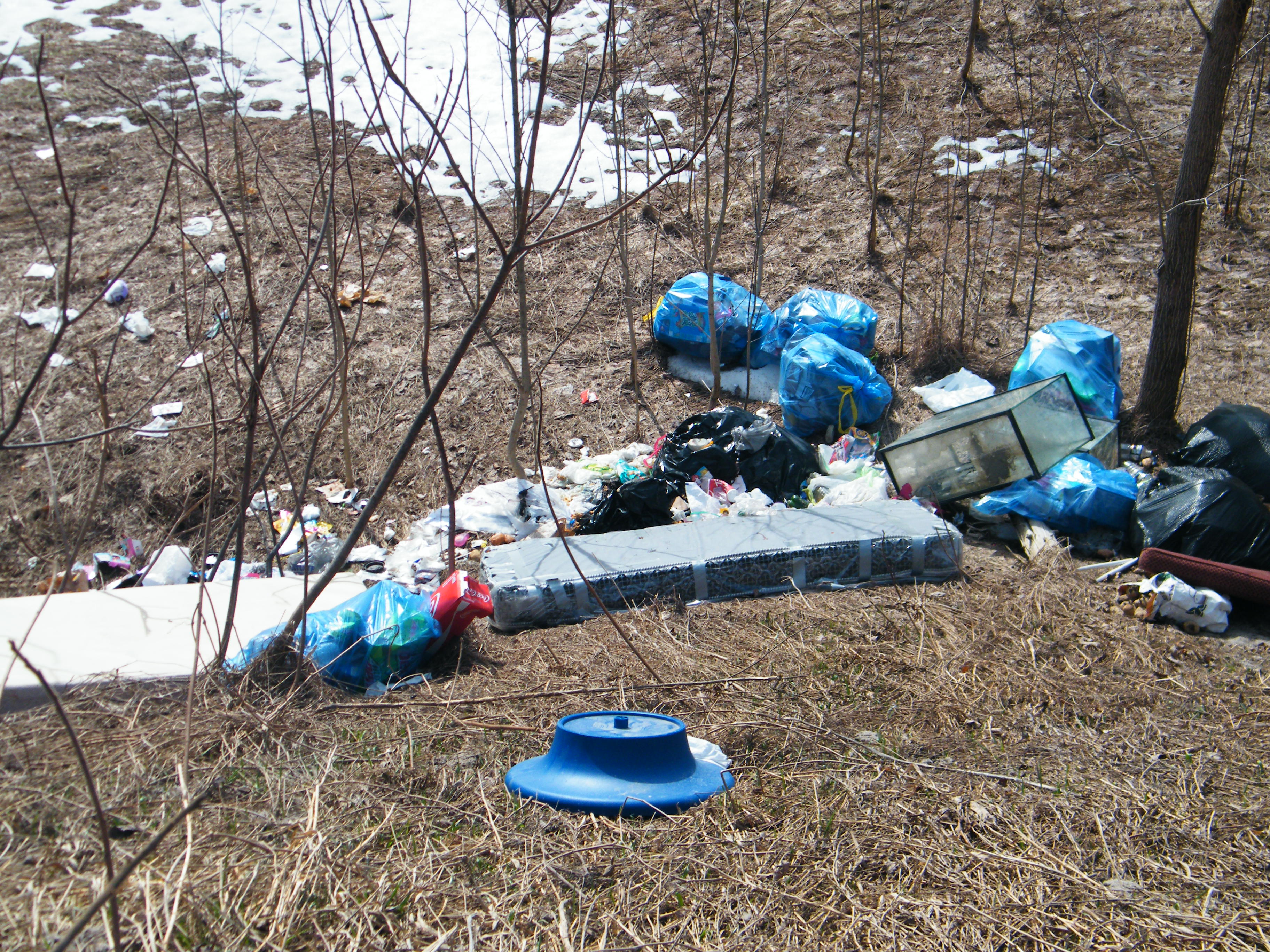
On a municipal road on the other side of my village (where I also go plogging), someone had dumped what appears to be gallons and gallons of used motor oil on the grass at the edge of the road. Which ran into the ditch where water runs nearly all year round. This took place in our designated safe water area, in the vicinity where our water wells are located for the water supply for our village. The dumping took place 300 feet from a sign which read, “Drinking Water Protection Zone”. These areas with the signage are known as Wellhead Protection Areas. The British Columbia Used Oil Management Association mentions that one liter of used motor oil can contaminate one million liters of water.

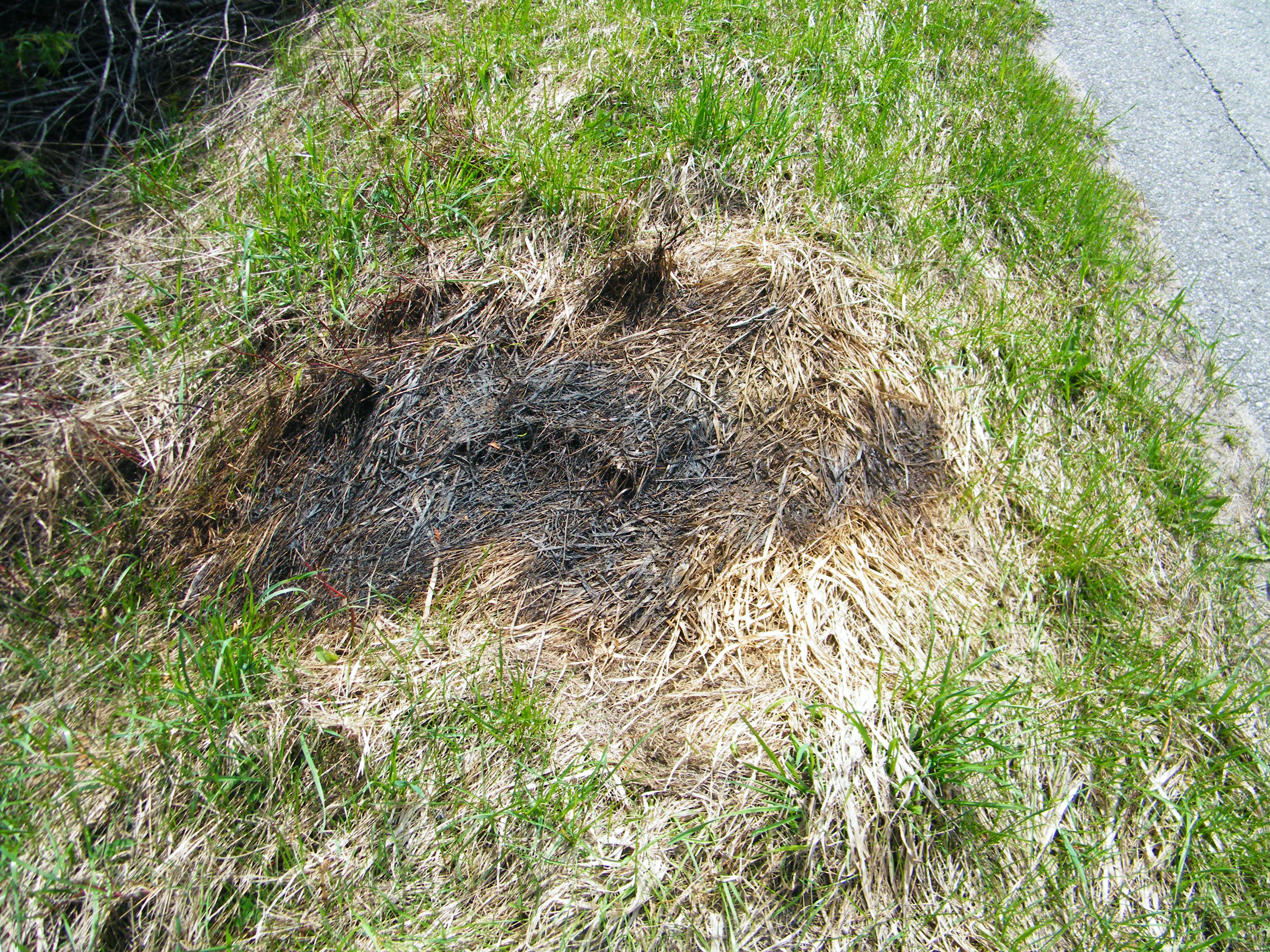
On that same stretch of road, not far from where the oil dumping there is a printer discarded just in the woods off the side of the road. The person who dumped it would have had to carry it through the deep ditch to hide it in the woods on the other side. What makes this very ironic is that living nearby (10 houses away) is a gentleman named Paul Ricci who will gladly take for free any unwanted, old electronic waste, so it can be properly disposed of. Paul has a drop off container at the end of the driveway of his beautiful nature paradise. When he gets enough for a load, he’ll deliver it to a proper electronic waste disposal site. Paul and his partner Anelora have such a passion for the protection of our planet.
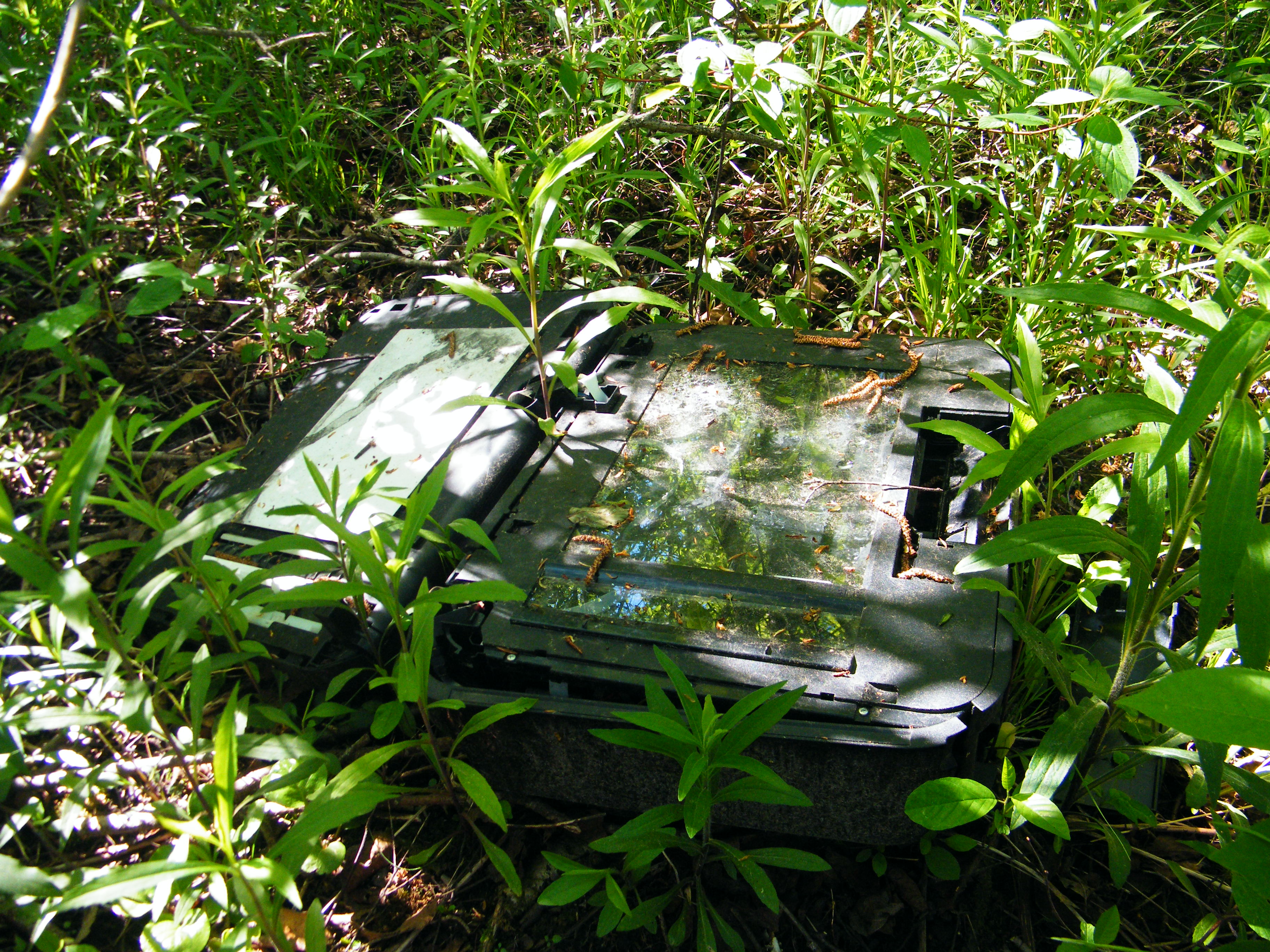

Except for the year 2020, I’ve been picking up litter for the 30 years I have lived in Hillsdale. It can get lonely and disheartening. To help cope I gravitate to others who care for our planet. It is just too overwhelming to do this alone. We need to join together. When I see Angie White on Twitter faithfully plogging with her rescue dog Kobi in Northern British Columbia, I am a bit encouraged. Or having a chat with my wonderful neighbour Paul Ricci about how important it is we care for our planet, I know I am not alone. It doesn’t make me any less sad. It does however offer solidarity and hope.
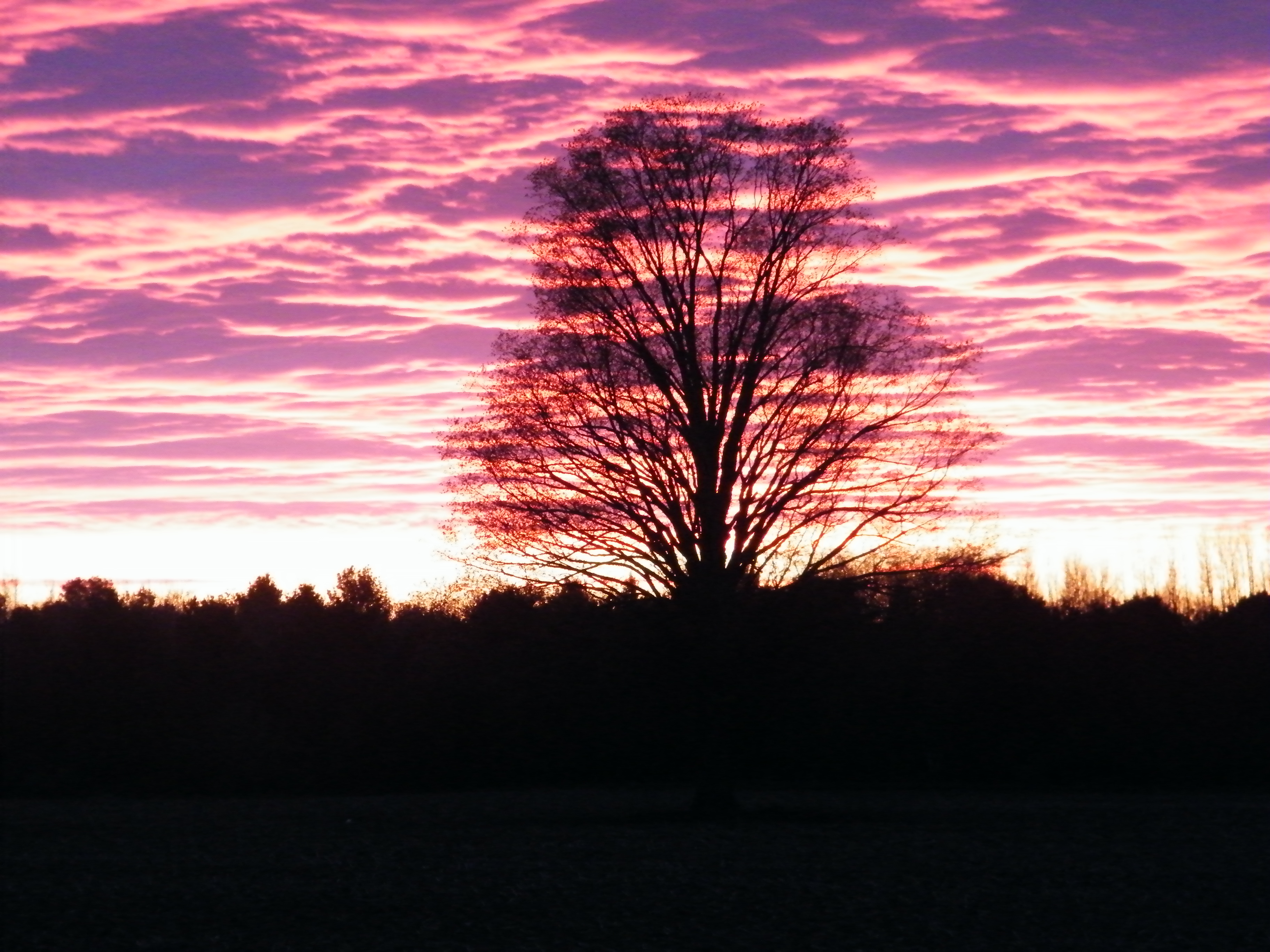
Last year in 2020, Yale University ran what is known as the 2020 Environmental Performance Index (EPI). Using 32 performance indicators across 11 issue categories, the EPI ranks 180 countries on environmental health and ecosystem vitality. Those 11 categories are air quality, sanitation & drinking water, heavy metals, waste management, biodiversity, ecosystem services, fisheries, climate change, pollution emissions, agriculture and water resources. In a 3 way tie with Italy and Czech Republic, Canada came in 20th out of 180 countries.

The top 11 countries were all from Europe. The 3 countries that led the world were Denmark in 1st place, Luxemburg in 2nd place and Switzerland in 3rd place. I asked my Swiss ultrarunner friend Catrina Denker on some of the reasons that why Switzerland is standing on the podium as an environmental champion,

The first thing Catrina mentioned is that “People do not litter in Switzerland. Yes, it is as pristine and beautiful as those postcards depict. People there take great pride in their country. Their waste system is quite sophisticated: trash bags are taxed and thus quite expensive. This means that people are motivated to reduce waste as much as possible by recycling. Thanks to this strategy, recycling has doubled over the last 20 years. Their recycling rate is 52.7%. Switzerland is one of the top recycling countries in the world”. Despite having a formal curbside recycling program in place, Canada in comparison recycles only 27% of the waste it creates.
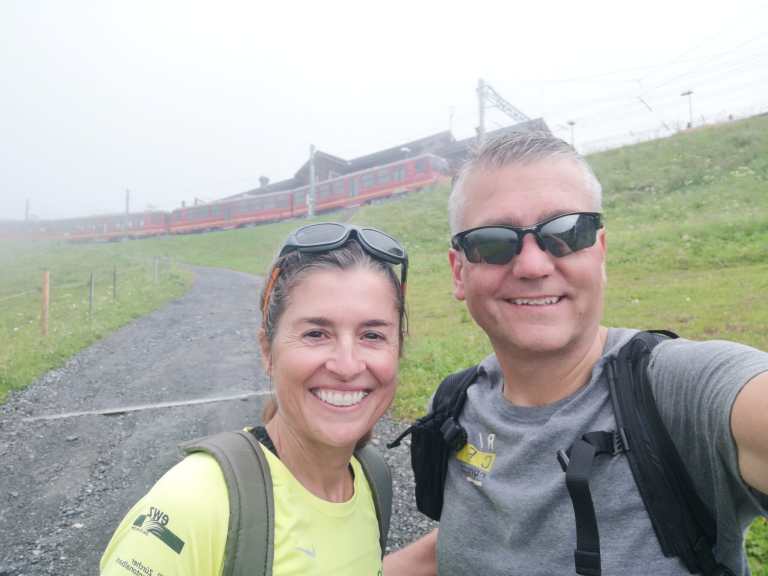

Switzerland ranks 2nd in the world in standard of living, compared to 21st place in Canada. From World Population Review, Standard of Living refers to “the level of wealth, comfort, necessities, and material goods available to a particular geographic area”. You would think with such a high standard of living in Switzerland, there would be a high demand for the building of those supersize homes. They don’t. Swiss people have a totally different mindset. They don’t care about that obsession with excess like Canada has. The area in which I live is continuing to be built up with gigantic, multiple thousand square foot monstrosities with multiple car garages. Our vehicles on our roads are often huge, carry all the comforts of home with them. They are like floating living rooms. Many times (depending on the vehicle) they are driving around with 4 or 5 or 6 empty seats.
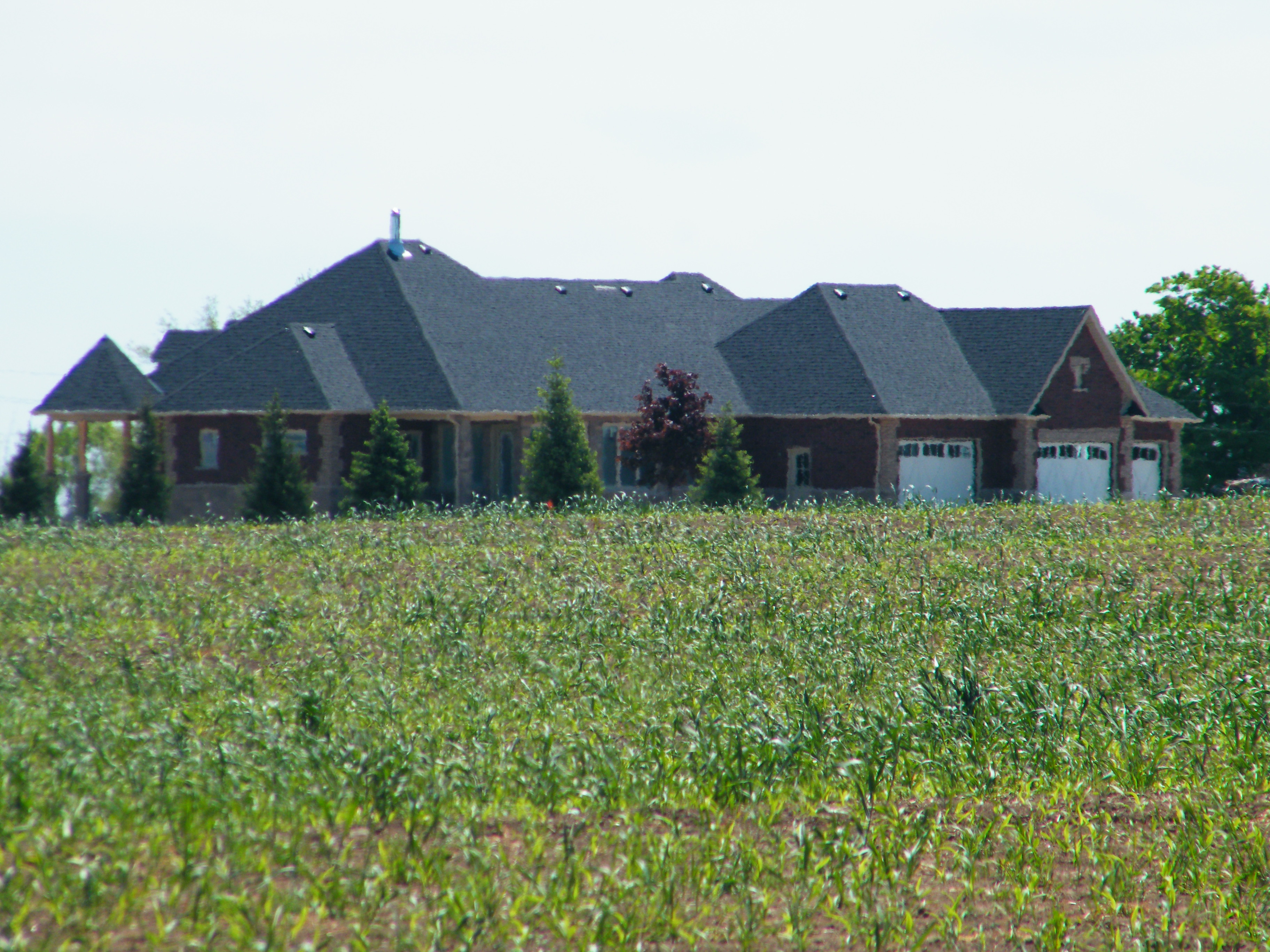
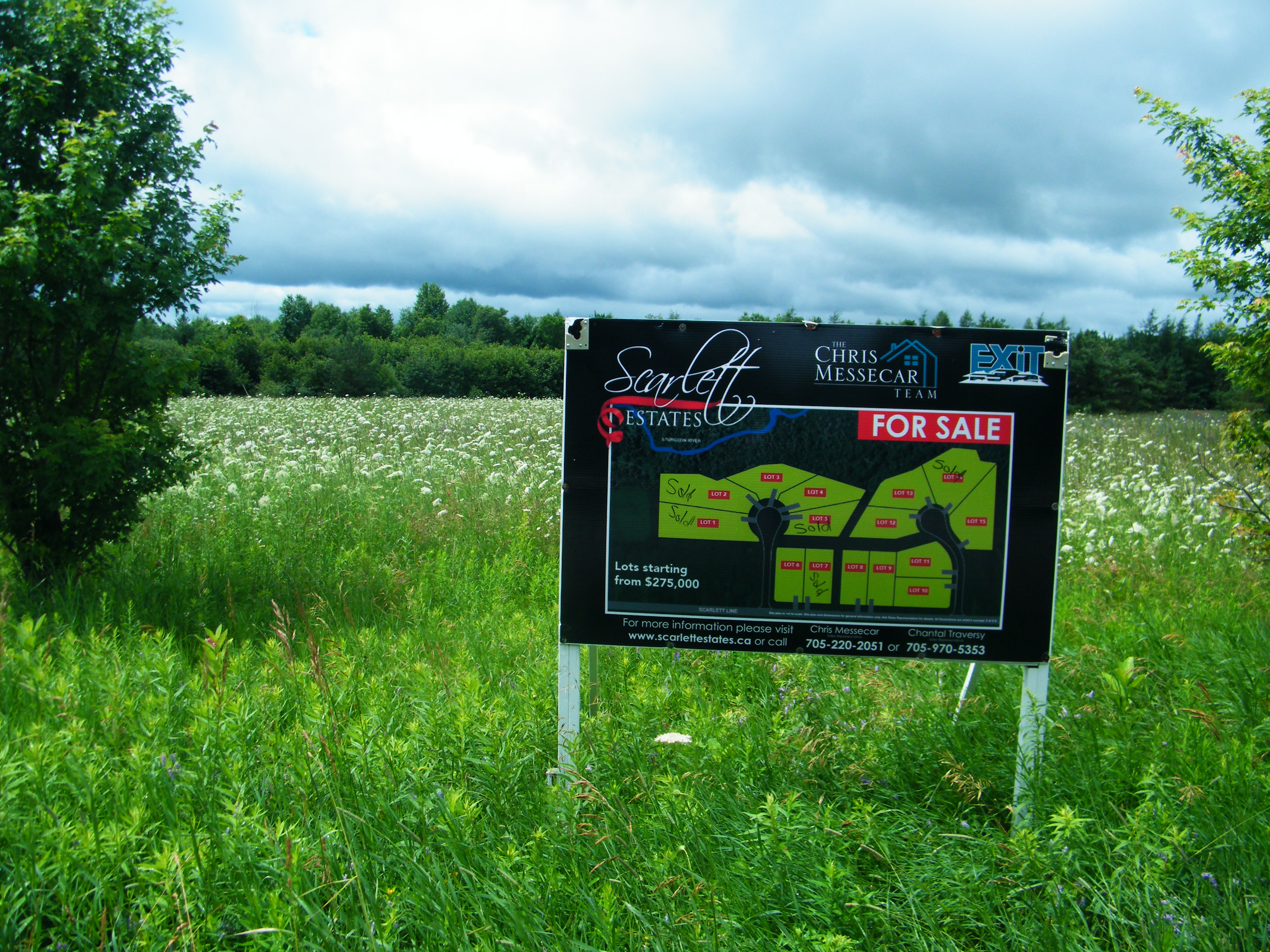

Catrina and her husband Kai are professionals who live in an apartment that is 45 square meters (484 square feet). She told me this is plenty of room. They have been able to host up to 12 people in their apartment. Catrina mentioned, “On average, a Swiss person uses 46sqm as living space. Because of the mountains, most of the inhabitants live in the Swiss midlands, which is densely populated. Land for real estate is very expensive. In the cities, people live in apartment buildings like we do. Overall, only 28% of Switzerland live in single-family houses”. Catrina mentioned that she and Kai don’t have a car in Switzerland, as it is easy to get around with public transportation (trams, trains, buses). Kai and Catrina usually use their bike to get to places in the city. When they both were employed, Kai walked to work and Catrina biked. If they do need a car, they use a car-sharing platform called “mobility”.



If Canada is ever to meet it’s Climate Objectives, it needs to adopt a Switzerland mindset. Filling our roads with electrified cars and trucks is not the answer. It is simply the same excess waste from a different energy source. Picture yourself if you can, going to the store for a 24 ounce loaf of bread with the new F-150 Lightning. You would literally be dragging along over 1,800 pounds of battery to achieve this. That same 1800 pound battery for a single F-150 Lightning could be split to power 300 e-bikes. For which the charging infrastructure already exists. Even more outlandish is the GMC Hummer EV Pickup, which is expected to weigh in at 9,046 pounds. As a country, Canada needs to do better. It needs to greatly improve it’s public transportation, which equates to less cars and trucks on the road. It needs a much more safer cycling infrastructure, so cyclists don’t feel like they are taking their life in their hands each time they go out riding.

I love cycling so much. But I have had so many close calls with either aggressive or distracted drivers, I am afraid to go out. This makes me very sad. To many people when I get on my bike, I’m no longer a father, a husband, a crossing guard, a neighbor, a lay pastor, or that strange guy picking up litter. I’m now a “cyclist”, a menace on the roads. In a car culture society like we have in Canada, to many drivers I am now the enemy. Often I just just want to go to Craighurst or Elmvale to get some groceries and keep my carbon footprint low to help our planet. A 2018 CBC article mentions that between 2010 and 2016, there were 131 cycling deaths in Ontario. Forty three per cent of those cyclists were killed by being mowed down from behind. There is no cycling infrastructure around my village at all. I wanted to know what it is like to cycle elsewhere, so I contacted Jesús Guevara, one of my favourite Twitter friends. He is such an encourager. Jesús lives in Mexico City, the 5th largest population centre in the world. It has a population of almost 22 million people. To put this in perspective, my province of Ontario is expected to reach 14 million by the end of 2021. Twenty four years ago, Jesús gave up his own car to lower his carbon footprint. For the past 24 years he has been using his bicycle for transportation in and around Mexico City.
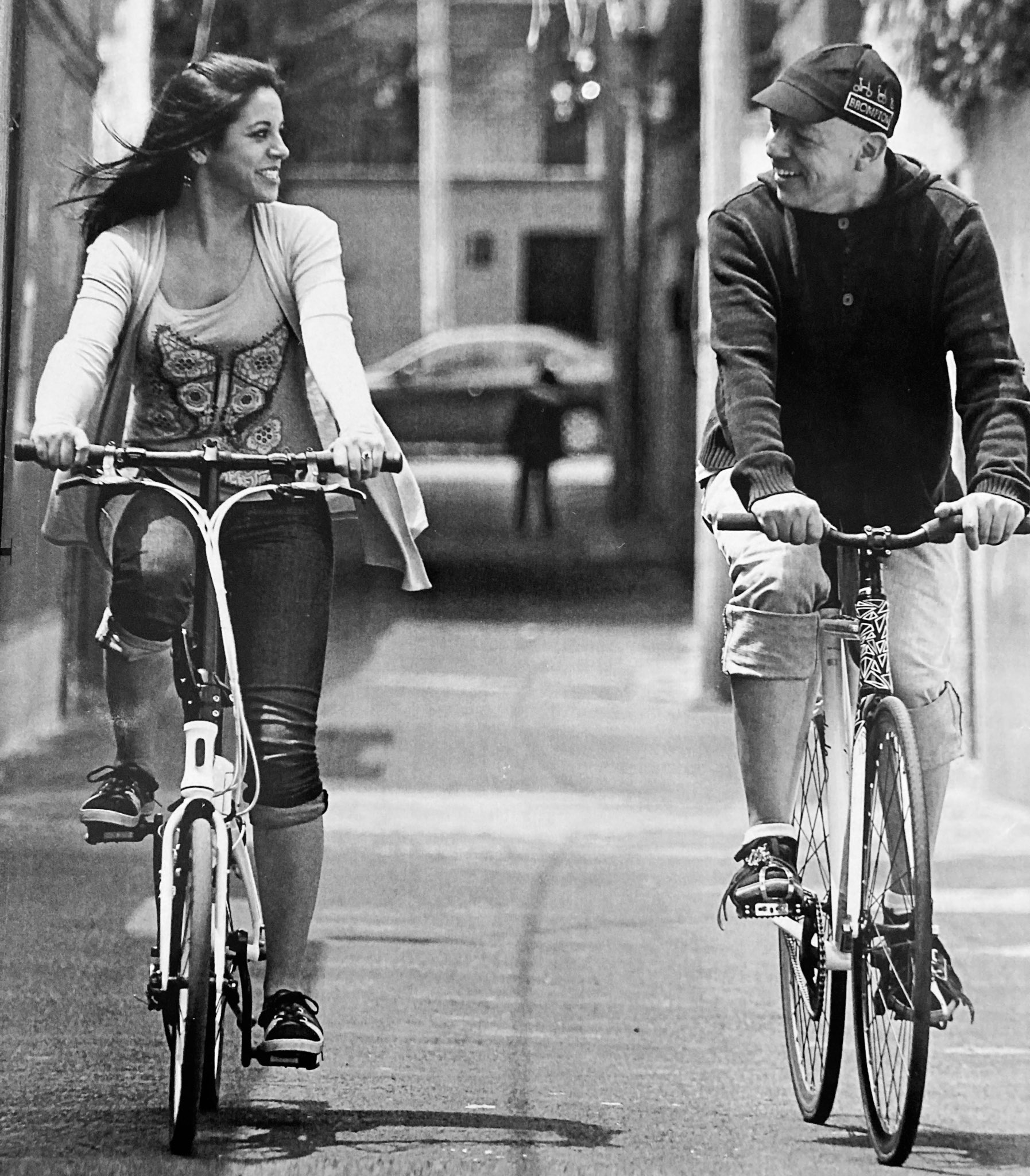
Jesús responded to my query regarding cycling in Mexico City with this amazing answer. “With 4.7 million cars circulating daily, riding a bicycle in México City may seem like a risky act, but on the contrary, transporting yourself by bicycle in México City is an act of love to your community. Love for the health of others and love for your time by avoiding traffic jams and helping to improve the environment by not emitting air pollution when transporting you”. Simply put, our planet needs more people like Jesús Guevara.

In 1992, (5 years before Jesús gave up his car to lower his carbon footprint). the United Nations cited Mexico City as having the worse air quality in the world, with so much pollution that birds sometimes dropped dead in mid-flight. Along with pedestrians killed by cars at a rate per capita 3.5 times higher than Toronto, writer Ryan Anders Whitney from the Toronto Cycling Think and Do Tank looked at all the improvements taking place in Mexico City. Mexico City has deliberately moved from a city where it was nearly inconceivable to ride a bike to one that now leads bicycle planning in Latin America and beyond. Jesús mentioned to me, “There is still much to do but it has been improved. Currently there are 260 km of infrastructure to cycle around the city, not all the infrastructure has the necessary standard, but there has been a wide improvement.”
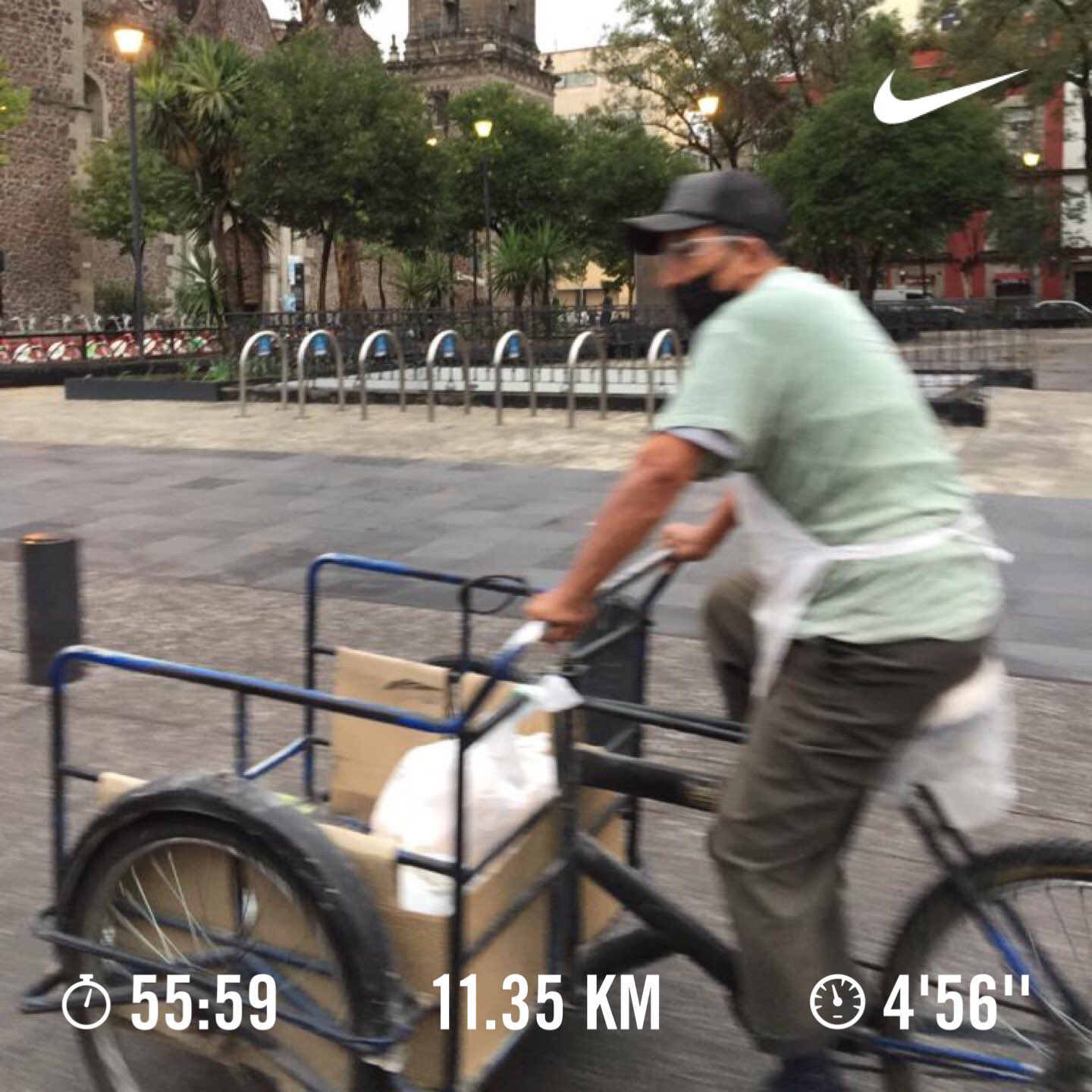
I was deeply encouraged with my interaction with Jesús. When I was in Christchurch, New Zealand in 2016 for my daughter’s graduation from teachers college I noticed the cycling infrastructure was amazing. Entrepreneurs were often using a cargo or utility bicycle as their work vehicle. Perhaps improvements will be made here in Canada as well. It has been said that humans on bikes move more efficiently than any other creature on earth. Our cities, towns and villages should not be built around car dependency. They need to be planned to be more livable and mitigate the negative consequences associated with automobile development. These include noise pollution, driving stress, obesity, discrimination, traffic deaths and injuries, expense, decline in small business, traffic congestion, social isolation, loss of valuable land to build more roads, wildlife deaths, pollution and the environment, and the effect on public health through air, soil and water pollution.
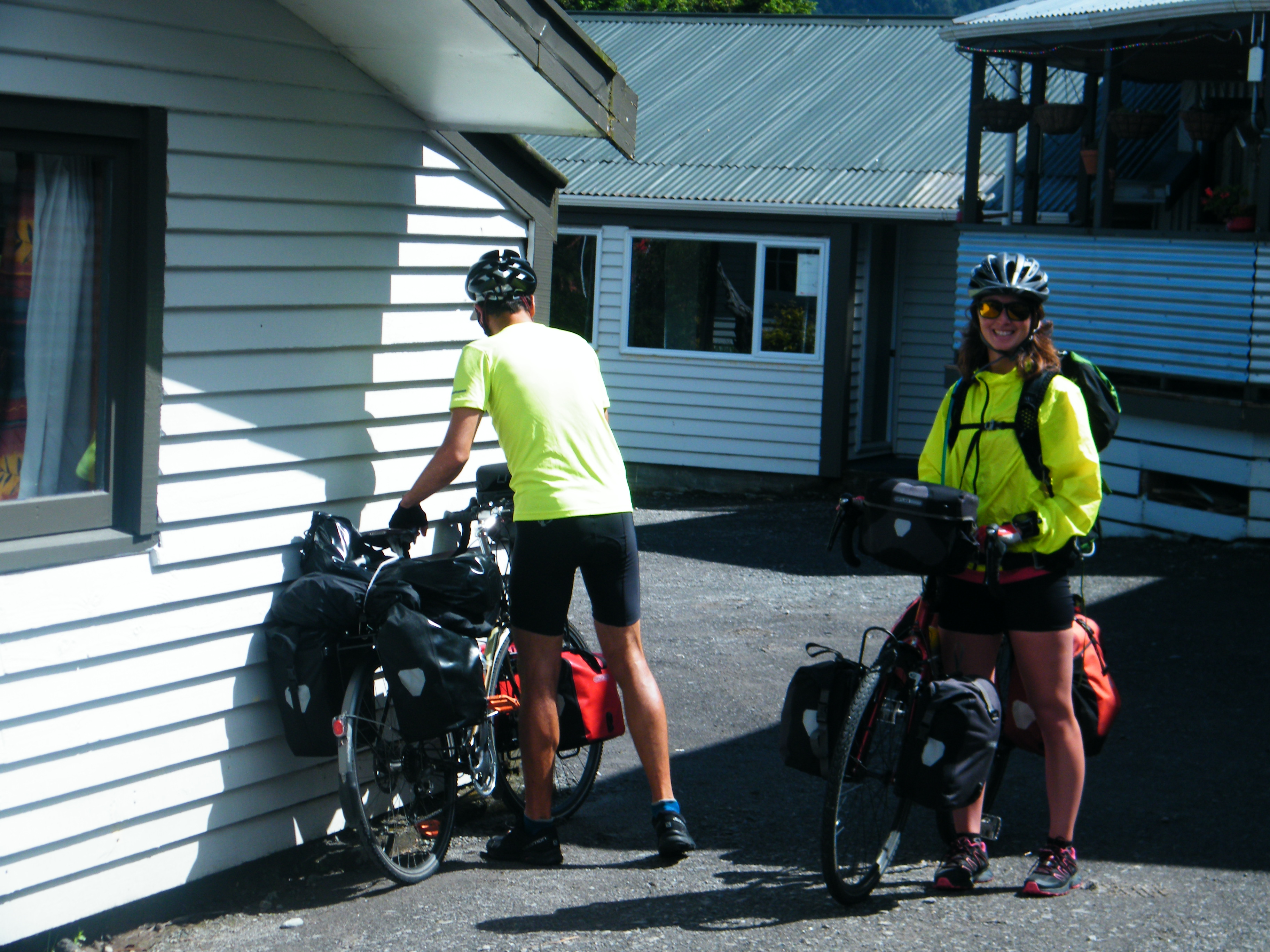

Even though I have not been cycling much, I still get out running, and also do lots of walking. In the first five months of 2021, I’ve covered just over 3,000 kilometers. This is all actually deliberate point A to point B walks and runs, and does not include daily routine “steps”. I see a lot of things on those personal powered journeys. Some things I see bring me so much joy. Like walking or running past the Birch Family Farm. Their farm which prides on its’ regenerative farming practices. Their farm reminds me so much of my own family farm growing up. Rotating crops, and incorporating cover crops such as alfalfa each year, which feeds the biology of the soil and sequesters atmospheric carbon. Because of the way it is grown, their GMO free market garden produce is the tastiest you will find anywhere. My final photo uploaded on this post (the following photo), taken on my morning walk, is of Mr. Birch on his simple, vintage farm tractor scuffling his sweet corn. This is the organic method for keeping weeds under control, when no toxic weed killers are used. It brought me much joy to see this on #WorldEnvironmentDay. Buying local, organic food does so much good for our health and the environment. Know where your food comes from. Please support local.
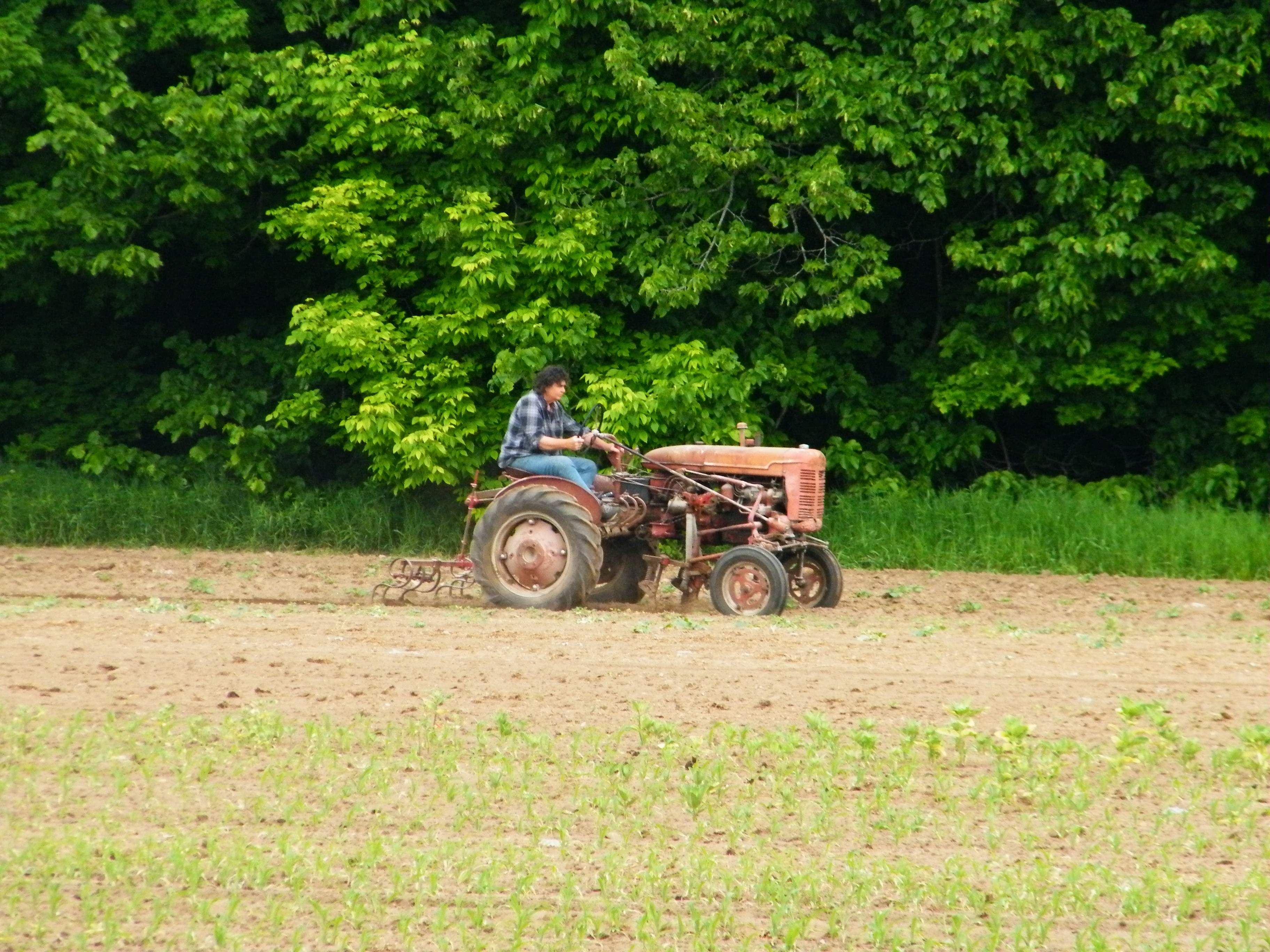
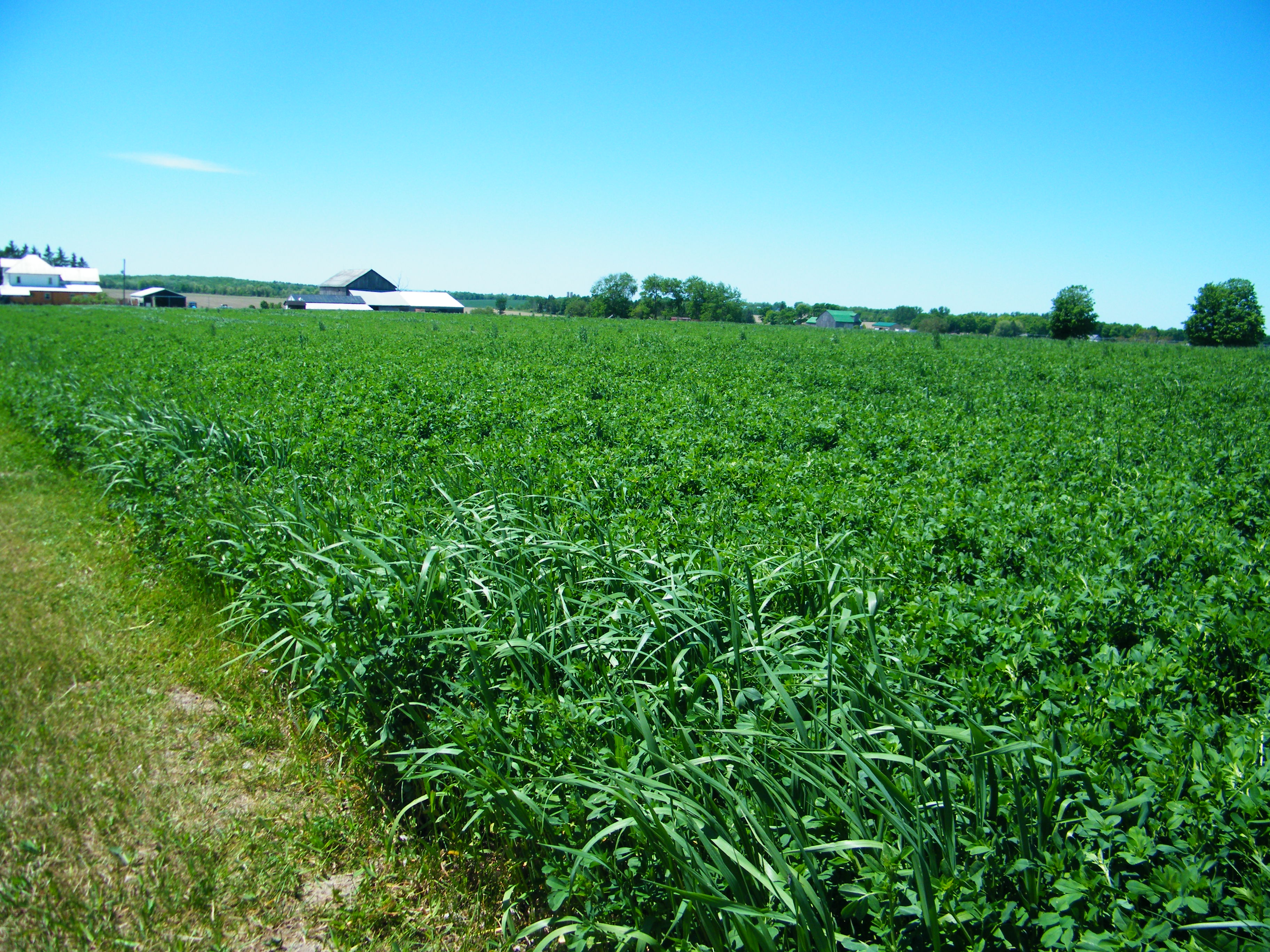

Other areas I walk by I become very pensive and sad. This is where I witness large scale industrial style monoculture farming taking place. When I took the bus down to Mexico in the fall of 2019 to help run sections for the Monarch Ultra, I saw vast amounts of land paved over, football field sized parking lots, and hundreds upon hundreds of continuous miles of monoculture style of farming. I wanted to witness what the Monarch butterfly faced on its’ migration to Mexico. I was deeply saddened.

Genetically modified “Roundup Ready crops” such as corn or soybeans are sprayed with glyphosate to kill off all plant life in an indiscriminate manner, including plants that are essential for the survival of many animals. Everything dies except for the genetically modified monoculture crop itself. Glyphosate has been designed to kill every plant that has not been genetically modified to cope with the chemical. In these massive fields, there is nothing left but corn or soybeans. You will have very few insects. If any. You will have very few birds. If any. You will have very few mammals that live on insects and birds. If any. Using huge amounts of this very effective weed killer, the entire ecosystem is destroyed.
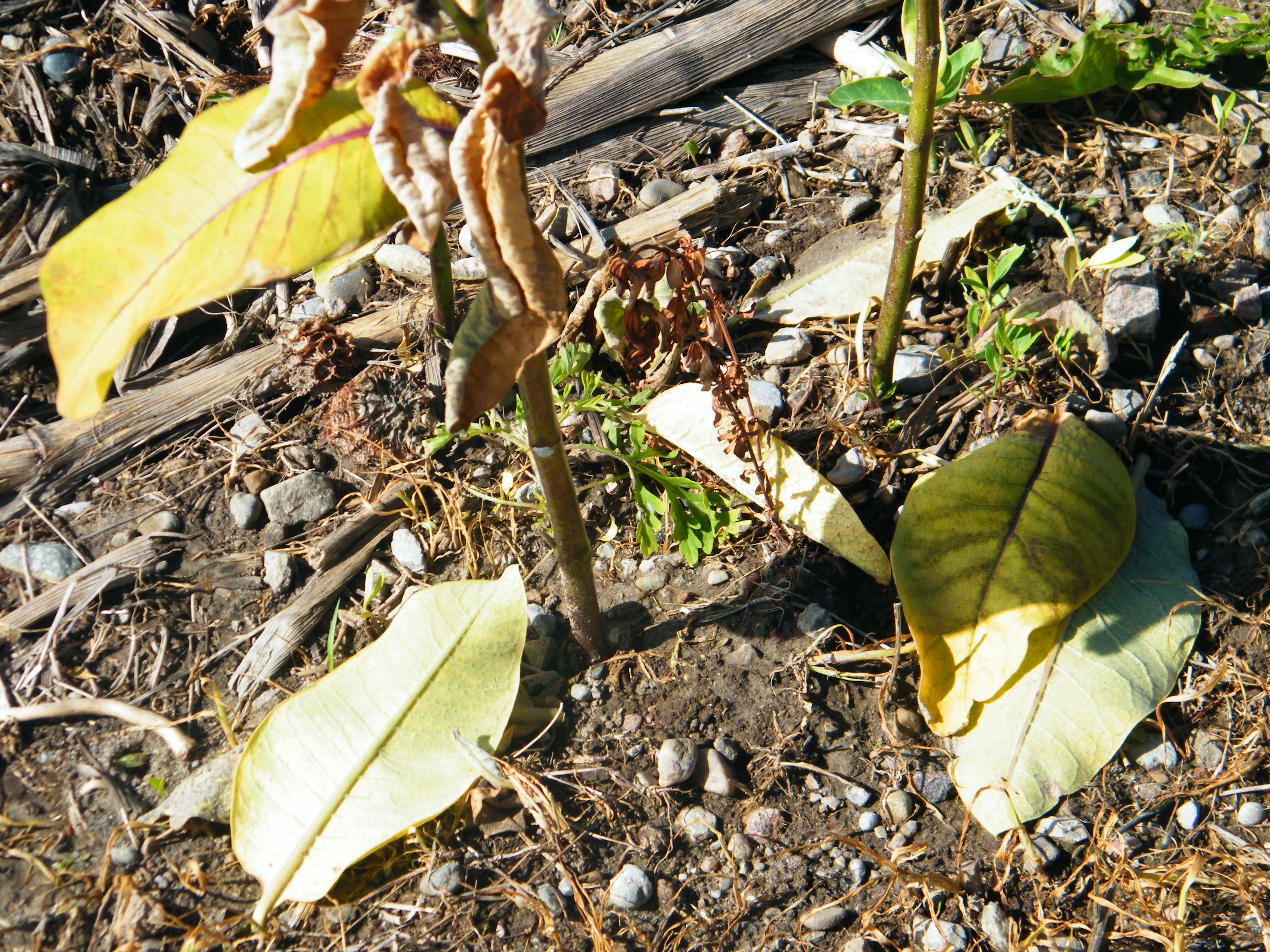
A 2019 World Economic Forum article mentions our impeccably “perfect” monoculture lawns have the very same effect. Our one lawn might not seem like a big deal, but take multiple millions of them across Canada, and the total acreage of the combined sum is massive. In Canada, according to the David Suzuki Foundation our lawns produce no seed, nectar or fruit, yet it is North America’s largest irrigated “crop”. David Suzuki’s article mentioned that even if we convert 10% of our lawn into a pollinator garden or rewilding an area, it is a huge boost for the insect population and the natural world. The 2019 World Economic Forum Global Risk Report has listed biodiversity loss and ecosystem collapse within the top 10 lists of Likelihood and Impact. it is one of the biggest threats facing mankind today. The report concluded: “Of all risks, it is in relation to the environment that the world is most clearly sleepwalking into catastrophe.” In 2019 the Intergovernmental Science-Policy Platform on Biodiversity and Ecosystem Services (IPBES, which is under the United Nations umbrella) issued a report. Some of the different sentences that jumped out at me were, ” Nature is declining globally at rates unprecedented in human history. The rate of species extinctions is accelerating, with 1,000,000 species threatened with extinction over the next few decades. And current global response is insufficient. ‘Transformative Changes’ are needed to restore and protect nature”.

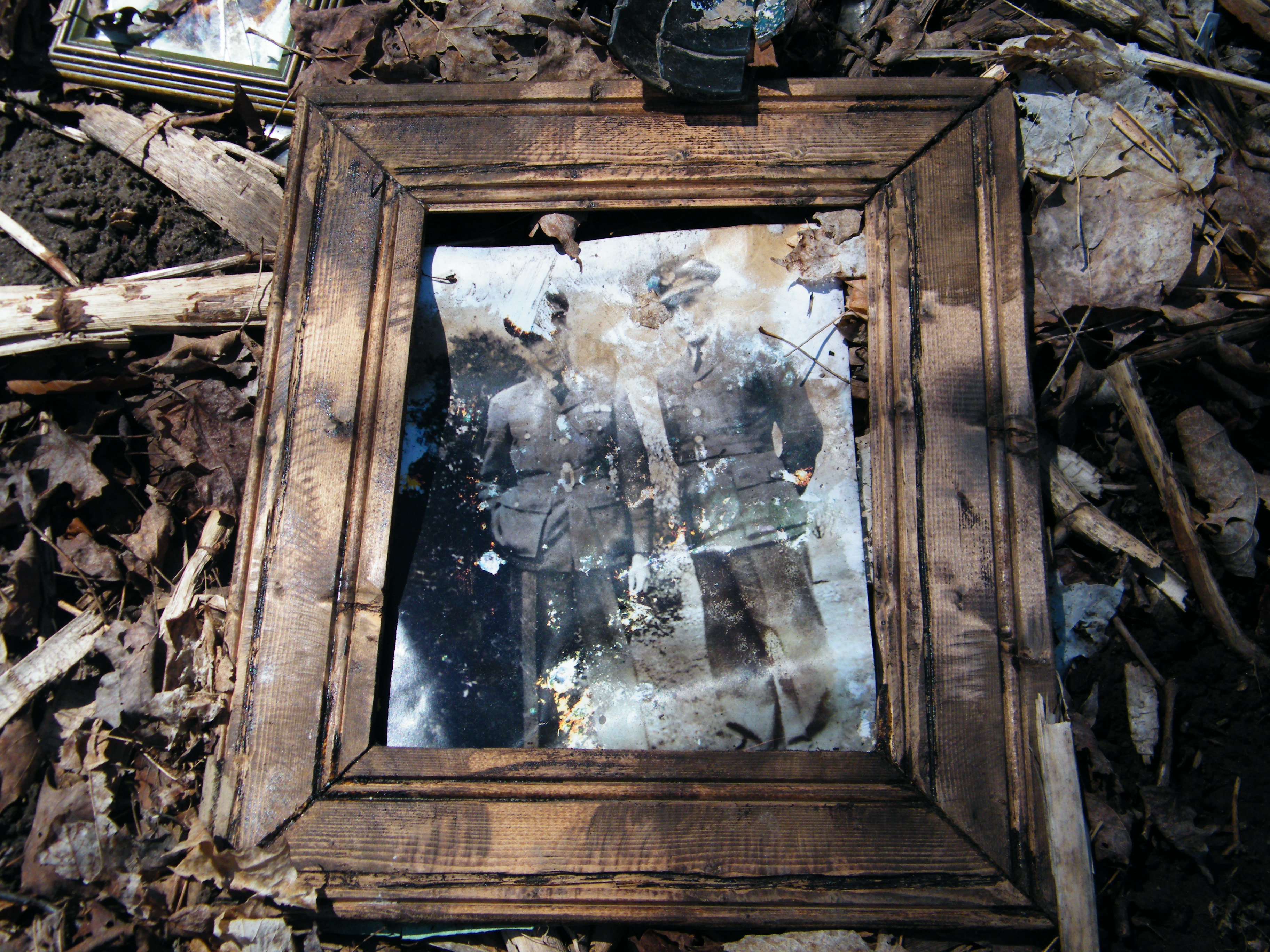
Our natural world has changed so much, even in my own lifetime. As a kid my dad used to pay me a dime to clean off with soap and warm water his windshield of his car of dead bugs. My dad didn’t drive very far, but it was something I did once or twice a week. There was that many bugs. Nowadays a person can drive thousands of miles, and easily go all season without having to do this. Slowly government policies are changing for the better. It actually took a classification in 2015 by the World Health Organization that stated that glyphosate was a probable human carcinogen before any changes actually started to take place. Only now are countries finally beginning to ban the product. There are 20 countries now banning it. Other countries are in the process of phasing it out.

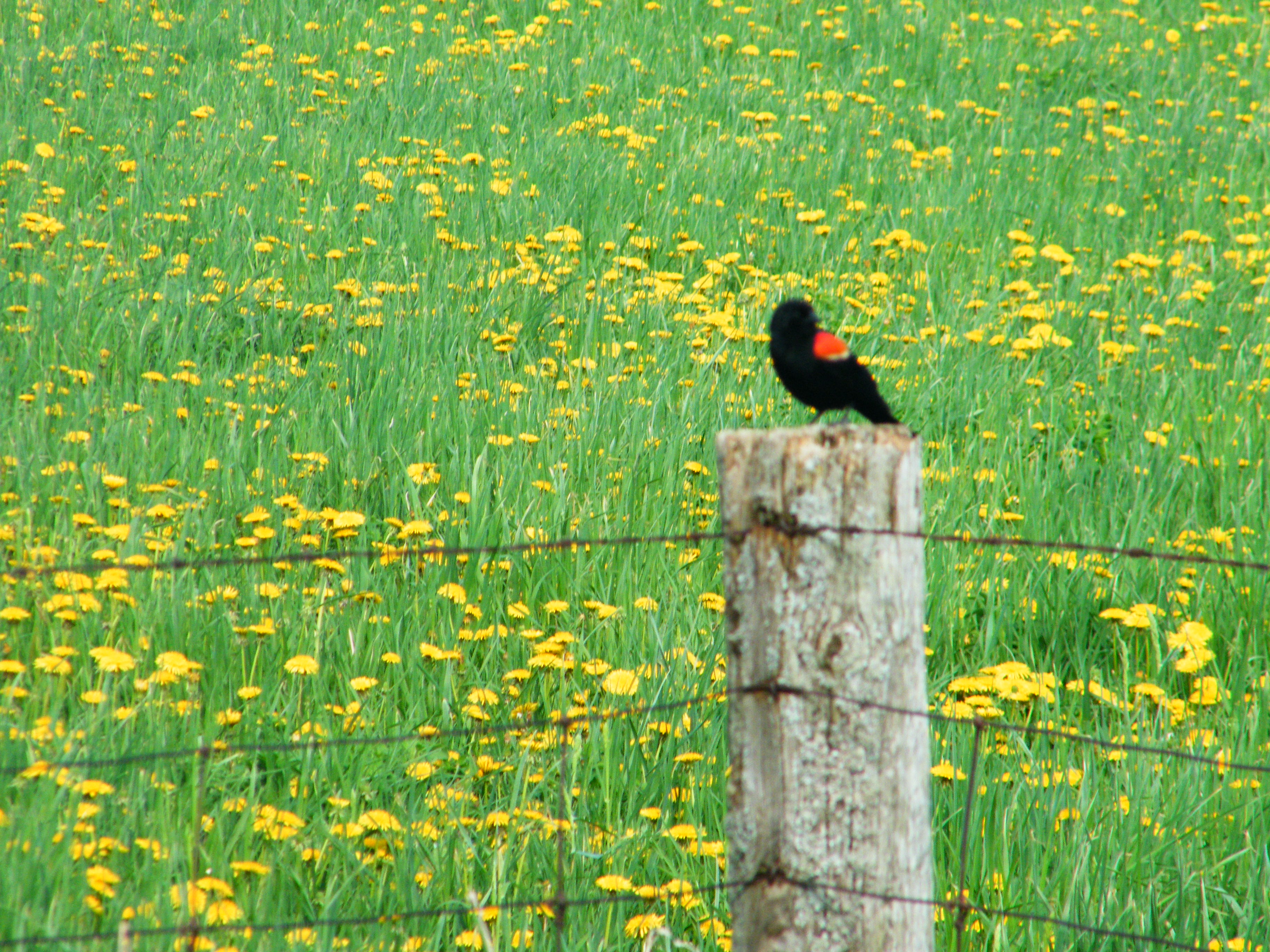
After decades of lobbying, in my province of Ontario the milkweed was finally removed from the Noxious Weed Act on April 11, 2014. This was a year after the Eastern Monarch reached its’ lowest numbers in recorded history of 20 million. Twenty years prior there was close to a billion Monarchs. This is a 97-98% decline in population numbers. So what does a Monarch butterfly require? It requires various nectar sources to feed from. Monarch butterflies are attracted to vibrant colors such as red, orange, yellow, blue, and purple. They will consume the nectar and pay you back by pollinating your garden! It requires milkweed. The Monarch butterfly specifically lays its’ eggs on the milkweed plant. Depending on the weather, the eggs that are laid take 5 to 10 days to hatch. The hatchling caterpillar will then feed voraciously on that milkweed for approximately two weeks before metamorphosing into a chrysalis. Depending on the temperature, approximately two weeks after that, the fully developed monarch butterfly emerges. Please remember, from 2014 on, no longer would landowners who care for the environment be forced to eradicate milkweed, or face a hefty fine. It is now okay to plant milkweed.

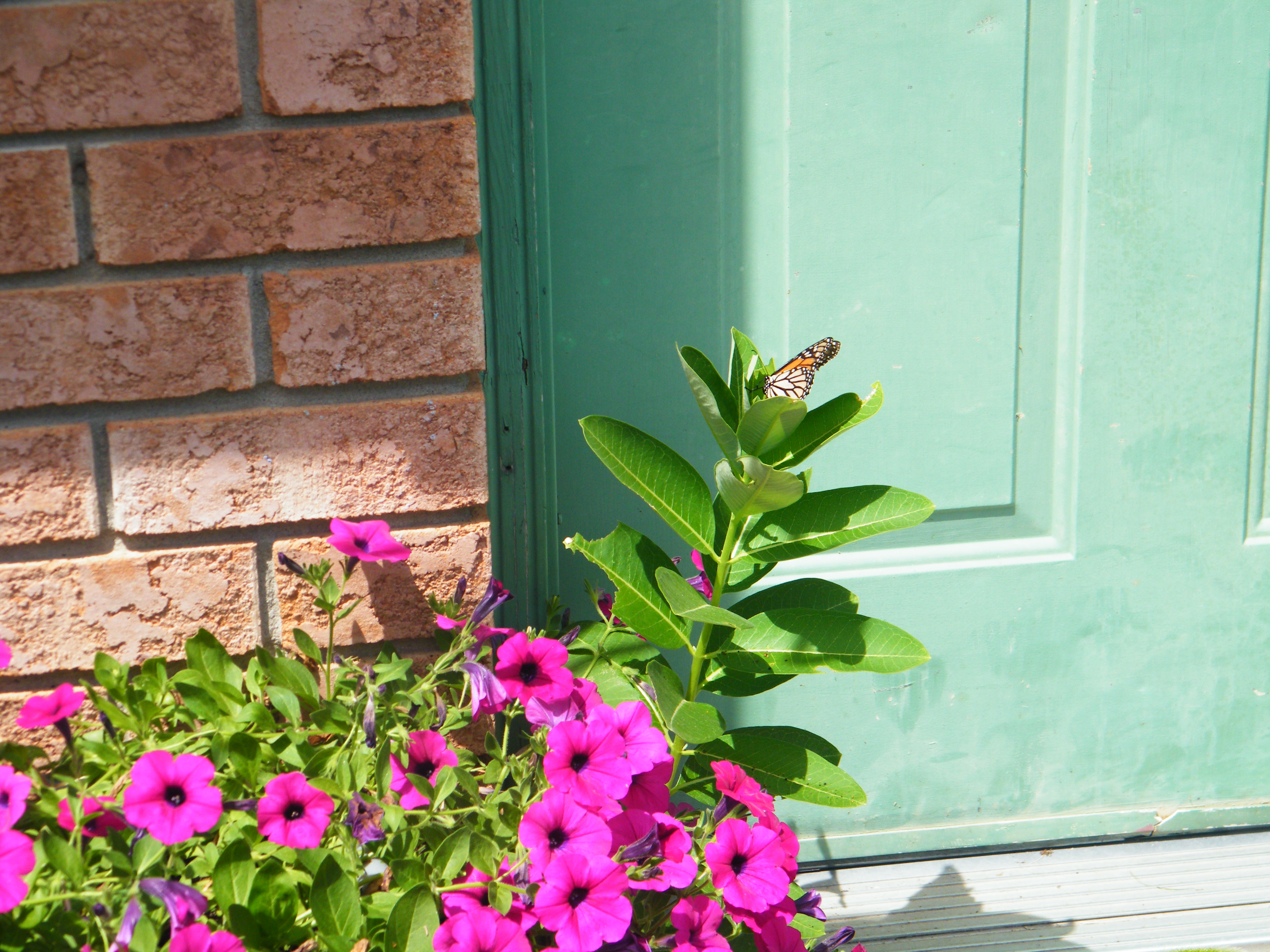

This year a few residents in my village participated in what is known as “No Mow May”. In a society where there is a lot of obsession with lawns, it was refreshing to see those who put bees first, ahead of societal and social pressure of needing to keep a trimmed “weed” free lawn. Taking the risk of being marginalized by the neighbors, it was incredibly cool seeing these environmental radicals in action. These people rock. It was also a nice gesture of most municipalities (though not all), to wave the bylaw that lawns cannot be over a certain height during “No Mow May”. We can now actually feed the bees without receiving a fine. These municipal bylaws that deeply discourage biodiversity have around for decades. So it has been an extremely hard sell to try to encourage people to give their mower a rest for only a month. In early spring, nectar sources are very scarce, and the dandelion is one of the earliest sources of nectar. I loved walking or running past those few “No Mow May” lawns. Most days I planned my route for my walks or runs to check in on them. A quick stop each time revealed the lawns were alive and buzzing with happy bees. We desperately need our pollinators. I don’t know anyone who wants to eat only staple foods like soybean, wheat and rice (plants that don’t require insects for pollination), or corn (which is wind pollinated) the rest of their lives. But in terms of getting a healthy, varied diet, with lots of fruits and vegetables, insect pollinators are absolutely key. If we lose our biodiversity, we’ll end up with huge amounts of malnutrition globally.

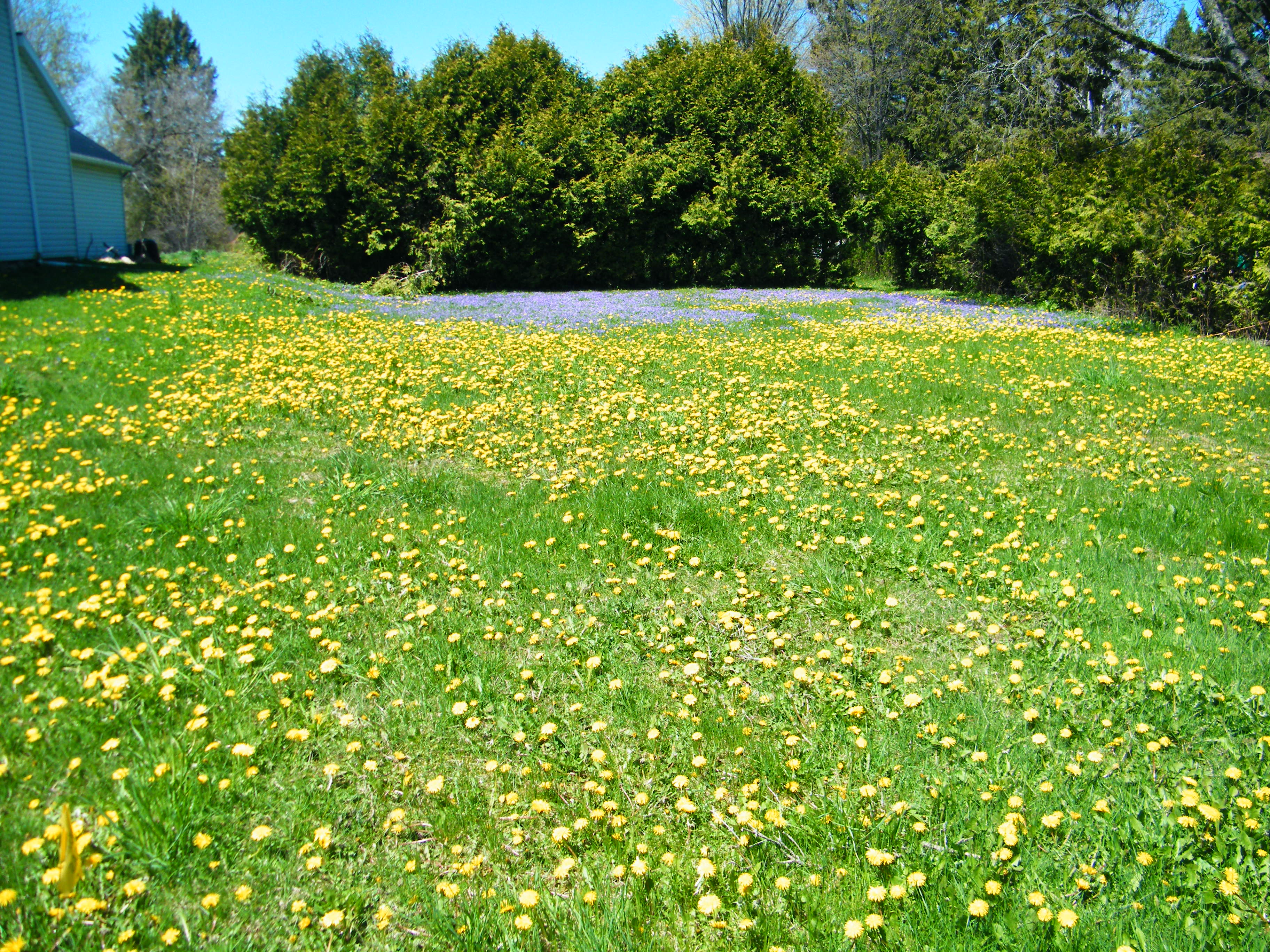

I have so much respect for people like Paul O’Hallarn, who can take an old beat up car and restore it to its’ former glory. It takes a lot of time, dedication and energy. I also have that same respect for those who can maintain a family car so it remains like new for decades. My wife’s grandfather and father were 2 such people. Her grandfather had special ordered and brought in brand new from England to New Zealand, a 1956 Austin Countryman van. Over the years, it was cared for and maintained impeccably. When my wife’s dad inherited the van he continued the tradition. When I went to New Zealand in 1988 to get married, the car was still the daily driver in a one car family. As this car was a special order from England, whether it was the only one like it (or one of a kind) in all New Zealand, I’m not sure. But it certainly turned heads wherever we went. Eventually Lynne’s dad sold their van to an Austin car collector who saw the beauty, rarity and value of the car, which was affectionately called Methuselah (named after the oldest person who lived on earth). He was going to add it to his private museum collection of Austin cars.
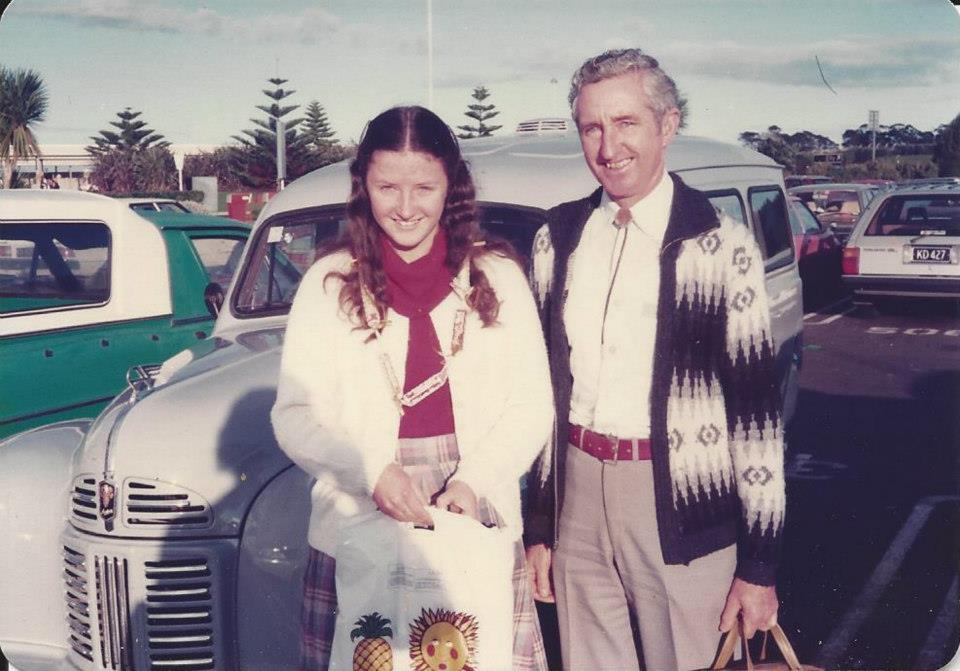
The analogy is this, if we drive a car carelessly, recklessly and to the ground, with little regard on caring for it, it will end up in the junk heap sooner than later. Then it is off to the dealership for another car. But, we just can’t do that with our planet earth. Our earth is one of a kind. We have to look after it. There is no planet B. Thank you for taking the time to read! Happy #WorldEnvironmentDay.🌎
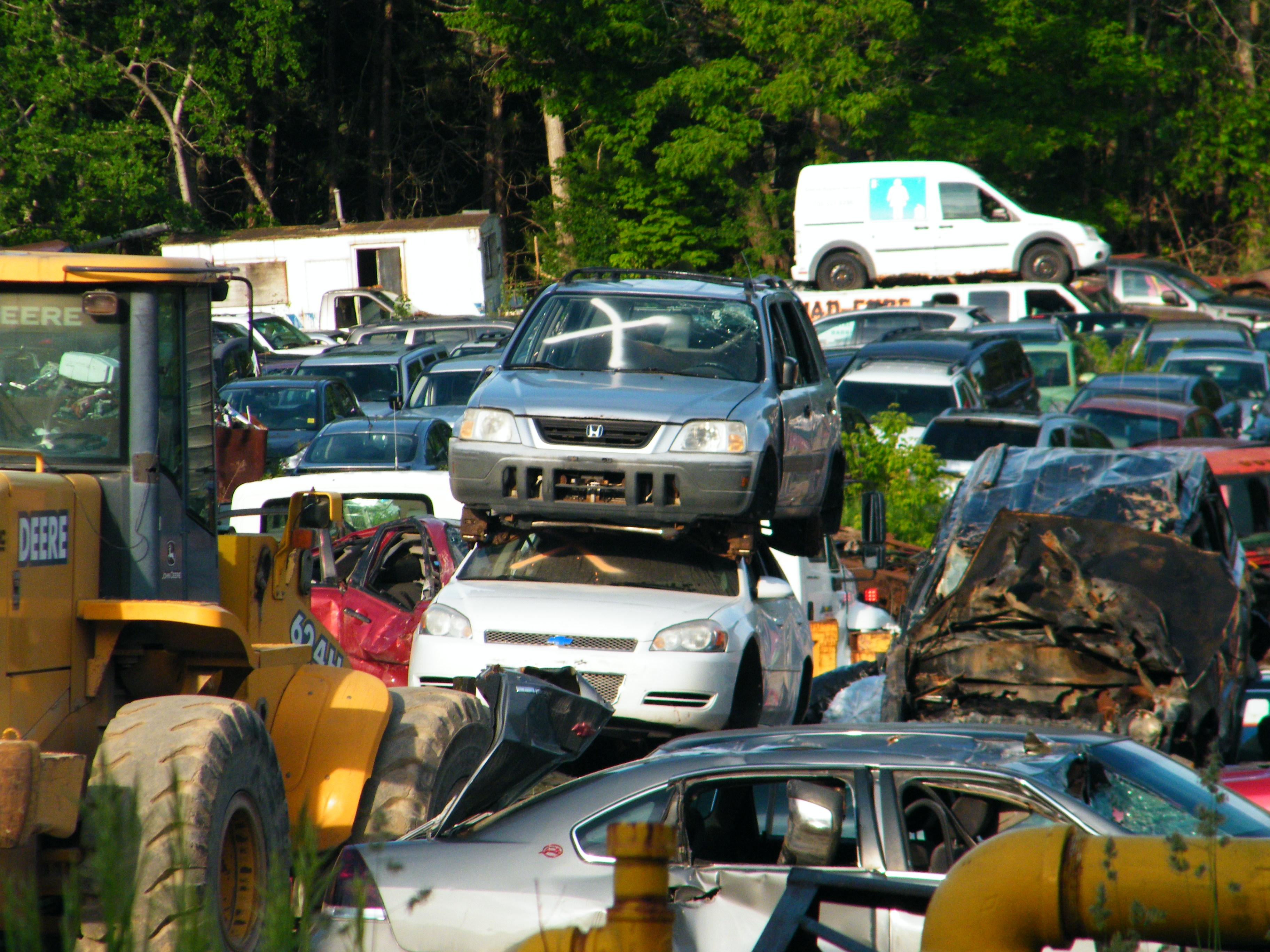
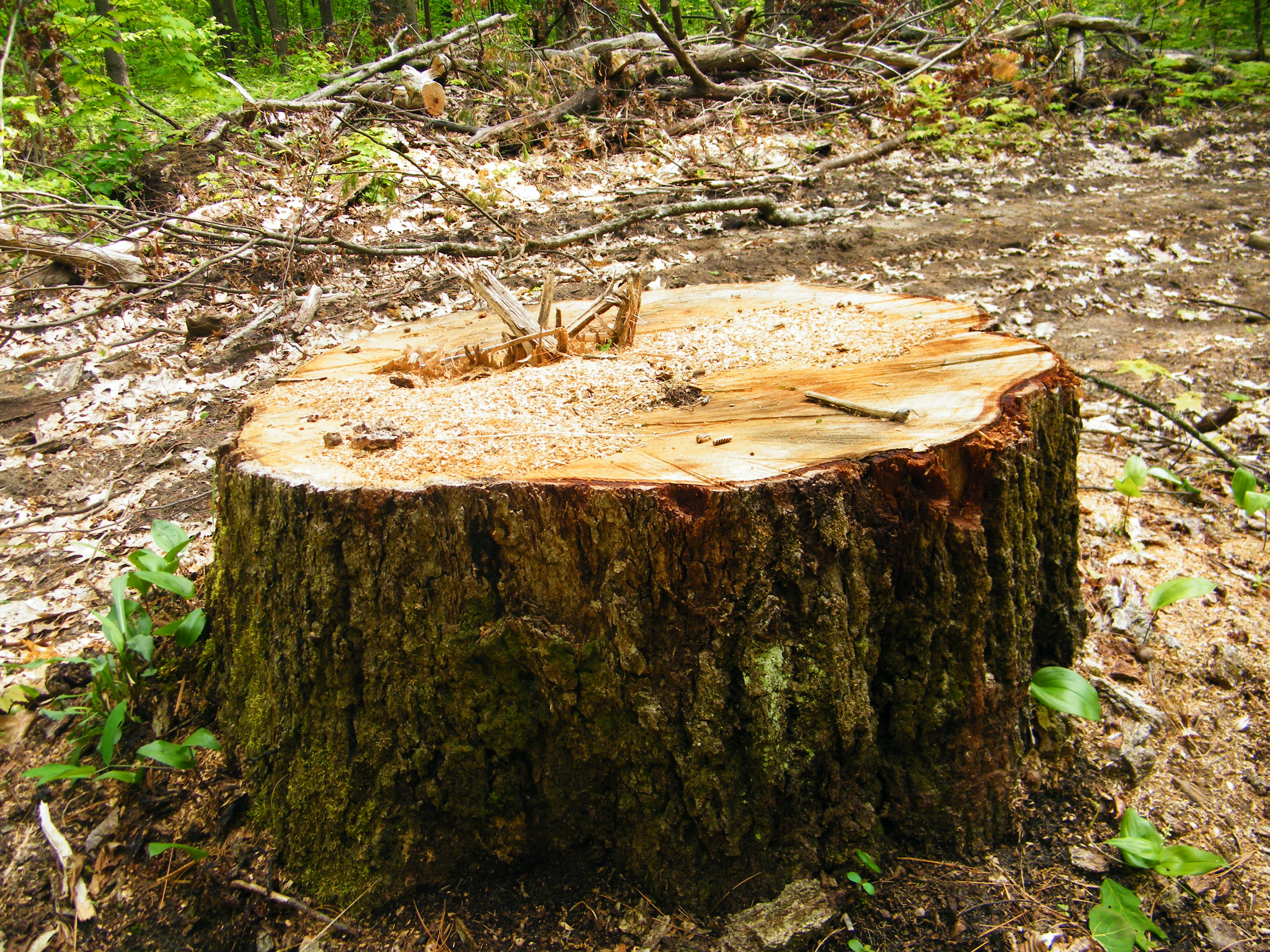
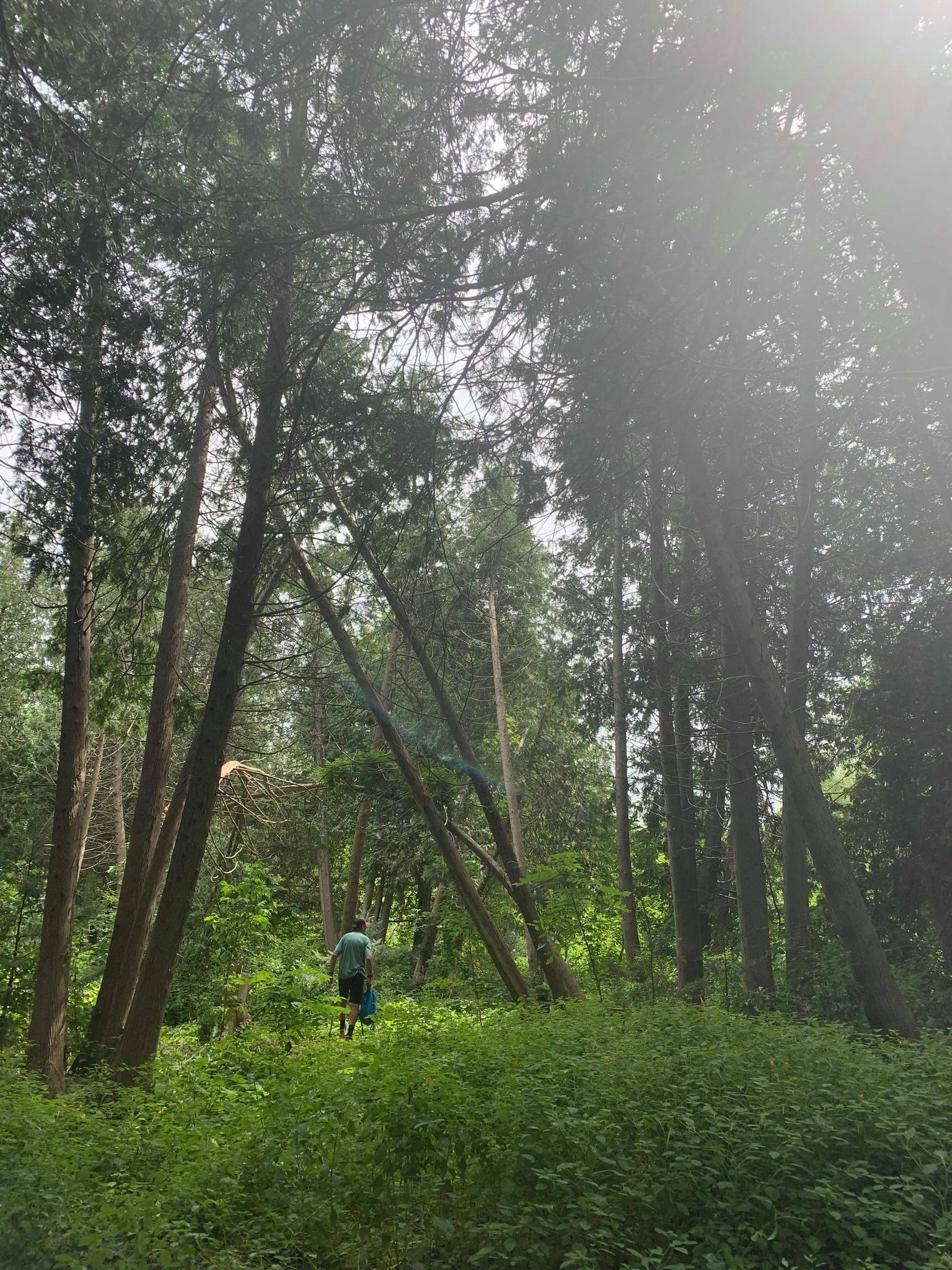
All photos are my own except those sent to me or used with permission by Jesús Guevara, Angie White, Catrina Denker, Paul O’Hallarn, Lynne Wright, Alicia Freeborn and Paul Ricci.

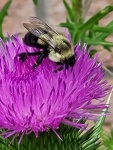

Such an interesting post Carl. I learned so much. I’m sort of sad too, I hope enough of us can inspire change. We need to be more like Denmark. My mom just commented the other day how you used to be able to get small appliances fixed. Not now, throw it away and buy a new one. Even large appliances. Thanks for including me and Kobi in this super informative post! Happy plogging!
LikeLiked by 1 person
I really appreciate this, Angie. Thank you so much to you and Kobi for helping me with the article with your wonderful photos and contribution. You are the best.
This is so true regarding appliances. Thirty years ago after we bought our house we bought a new Maytag washer. We used it lots, even did cloth diapers with our children. It kept going and going, and every 5 years or so it would need a minor repair. When it was 25 years old, it needed another minor repair. The repairman was so excited to work on it, saying they are not made like this anymore. He said, appliances now are made so they need to be replaced every 7-10 years. Which is terrible for the environment. He told us to don’t ever get rid of it. He said if the drum goes, the washer is scrap. He inspected it and said there still more years left in the drum. And that was 5 years ago.😀🌎
LikeLiked by 1 person
Isn’t it terrible how everything is made to throw away now? My stove control panel went and it cost nearly as much for a new panel as a new stove would’ve cost. That is frustrating.
LikeLiked by 1 person
It is so frustrating, Angie. Had the same issue with our stove. Thirty years ago when we bought the house we bought a plain jane stove, which worked amazing. Ten years ago someone had sold their house and was moving and were selling their appliances. The stove was 4 years old, had all the bells and whistles, glass top, convection oven etc for $100. We bought it and donated the old one. It was good for a year and then became a major money pit and spent the cost of a new stove in repairs. When it needed a new panel 2 years later we scrapped it. I didn’t want to donate it to anyone and pass on the headaches. Got a very old used plain jane stove again, like we originally had. No problems these past 6 years.
LikeLiked by 1 person
So frustrating!
LikeLiked by 1 person
Dear Carl,
Thank you for this insightful article especially your comparison between different countries. I am really shocked about the description you are giving of Canada, a country, where I spent 10 years of my life and which I adored particularly for its nature and its plenty of hiking and cross-country-skiing opportunities. Yet, I noticed also a few incidences of wood-logging going on in Quebec. When we arrived in Montreal in early 90`s the Laurentides were still pretty much sauvage, and you could do cross-country skiing on basically hidden trails – you really had to know them. Yet, all of the sudden the first gravel road appeared, then the first small houses with the sign “golf area development”. Well, fortunately, the investor ran out of money and for a few year nature took over again. Now, everything is developed and the trails are gone. Fortunately, people in Europe in general have a different picture of your country. However, with such a lovely, vast nature it is really a pitty that the awareness of its preservation is apparently so low or market driven.
Also, in Germany we have the ones who never seem to learn, leaving trash around, and still buying everything plastic. Regulations are sometimes so counterproductive, that you might wonder who is behind them. For example, using wood as alternative energy and feeding former coal mines with wood – one of our scarcest resources in a few years. Also, agriculture is in wide parts killing the diversity of animals and plants. yet, we are improving slowly. I am picking up garbage as you do as well, because I think it is a shame to ruin the beauty of nature. Also, in Berlin and elsewhere more and more alternative projects are emerging. For example, old roofs and spaces are used to develop small bee- and butterfly friendly gardens with natural fertilizers. Also, a drive to use more bikes and public transportation is evident. Hopefully, we will get to the awareness of Switzerland one day. Nice insights of Catrina and her husbands life 🙂
If we all work individually every day to keep the planet clean, we might have a chance to improve it. I only use my cotton bag to shop some vegetables and fruits, and use my feet and public transportation whenever I can. I do not even have a car.
Thanks again.
Peace and light
Ginger
LikeLiked by 2 people
Thank you so much for reading, Ginger. And for sharing such a beautiful well thought out comment. Thank you so much for taking this time. The Laurentians are gorgeous, the last time I have been there was in the 1980’s.
My area I live in Ontario would be similar with the hardwood forests of the Laurentians. But not quite as high mountains, just big rolling hills. Another similarity would the distance the the big city. Which is Toronto in my situation versus Montreal and the Laurentians.
I’ve lived this area my entire life (am now 62). It has become a very desirable area, so the population has increased in my lifetime around 800%. With it comes the many golf courses, massive shopping centres and the like. We have lost a major part of nature I remember as a kid. And most of those hidden trails I hope I haven’t portrayed it as “too negative”. The last thing I wanted the article to sound like was a “rant”. It is still a very beautiful area. I do find with that with much more population there is that much more litter. I did a big plogging today. But I know if I were to go by that stretch tomorrow, there will be new litter….lol. Thank you so much for picking up litter where you live. You are amazing, Ginger.
I did look up the Yale University Environmental Performance Index, where Switzerland is 3rd and Canada is tied 3 ways for 20th, and learned Germany comes in at 10th place. Which is tremendous. That is really surprising to read about using wood as alternative energy. And so encouraging about the bee and butterfly gardens. As those who try to make our planet better, we need each other.
Thank you for sharing, Ginger. I am encouraged by you. I am glad we connected. I felt bad I took so long to follow you back. I get a lot of e-mail notices of this and that. And that you followed my blog slipped my attention. I only noticed it when I was going through old e-mails.
LikeLiked by 1 person
Thank you Carl,
I am inspired by your blog and also it reconnects me to your country which I miss in several aspects, particularly the outdoors. I loved Toronto as well, not for the outdoors but the city especially UofT, where I did my studies, the multicultural aspects, the different excellent cuisine styles, Spandina Ave. :-). My brother still lives in Montreal with his family after he spend a few years in Europe. My status in Canada is gone, however.
Take care, keep up the great writing work (and the plogging as I do).
Peace
Ginger
LikeLiked by 1 person
Thank you, Ginger. You are very kind. That is amazing you were at U of T. My son is doing studies there but at the Scarborough campus. But since COVID he has been back at home and doing his studies on-line.
I am sorry you had to give up your Canadian status. So wonderful to have a fellow plogger in yourself.
Please take care yourself,
Carl
LikeLike
Love this post, Carl! Like Angie, I learned a lot.
It’s awesome that you and Angie pick up litter. Yes, you may get funny looks, but I bet it also gets a lot of people thinking when they see you.
I especially appreciate that you mention so many encouraging and inspiring examples that give hope.
Our planet will survive because there are people out there like Paul, Angie (and Kobi!), Paul, Jesús, the Birch Family and the neighbours in your village who participated in the “No Mow May”. And of course, people like yourself who stand up to the destruction and write important articles like these. I hope this will be read by many and will trigger action on their part.
Well done, Carl. Please keep it up!
LikeLiked by 1 person
Your comment is beautifully spoken, Catrina. I am very extremely touched. Thank you for your kind words. Thank you again for contributing with your wonderful photos and details about Switzerland.
I am encouraged by those who really try to make a difference. I love how you have listed each one in your comment.
I was also quite encouraged by those who participated in “No Mow May”. I’m not sure how many homes we have in my village, but I am thinking around 300. There would have been about a 1% participation. I am sure others wanted to take part, but there would have been just too much peer pressure. It is not just kids that have peer pressure. Adults do too.
Thank you again for your kind words. I hope you have an amazing week! 🤗🌎
LikeLiked by 1 person
Thanks very much for the great read Carl. Pulls at the heart my friend. Such an informative blog as always Carl .
LikeLiked by 1 person
Thank you so much, Michael. I really appreciate you taking the time to read, and for your kind words. 🌎🙏😀
LikeLike
Hey Carl, Greg post ! It was quite informative as well as touching. Love the pics too. 🙂
LikeLiked by 1 person
Hi Tricia. Thank you so much for taking the time to read, and for your kind words. Hope all is well with you! 🙂
LikeLiked by 1 person
This was a well-written, well-researched piece, Carl. I enjoyed reading it from start to finish, and felt you really highlighted what really is trash and treasure in this world. Paul sounds like a handyman everyone needs, having a lot of passion restoring broken things such as the vintage car you showed. Things can take time to mend and can be costly but in the end, it can be very much sustainable for the environment.
It was very interesting to read you and a few others participate in plogging and picking up trash in your area. Kudos to your for doing it so long except for last year due to safety reasons. That is quite a feat for someone to hide a printer deep in the bushes. I can’t see the logic in that when it would be much easier to drop it a few feet away like you said.
Here in Australia, people litter everywhere and it’s very sad to see – and it happens everywhere from the city to the outer suburbs. It’s not uncommon for rubbish bins to be overflowing. Some people also take the easy way out of disposing of hard goods, such as putting old microwaves and beds on the sidewalk. I try to do my bit wherever I can, taking things down to the recycling area near my place, and making sure I dispose my trash accordingly.
The example of Switzerland you gave reminded me of my time living in Singapore. From memory, people rarely littered there, probably because there are fines if you do so even for as something as small as throwing a chocolate wrapper on the ground. Everywhere I went, it looked litter-free and the green trees along the roads stood out. Looks like Catrina and Kai have certainly made their small apartment work for them, and it looks very calming and inviting 🙂
LikeLiked by 2 people
Hi Mabel! Thank you so much for taking the time to read, and for your wonderful, very in depth comment. I love to hear how other countries of the world are managing their waste. And how they are doing environmentally. I am so sorry to hear about the litter issues in Australia as well. I appreciate you so much for doing your bit. When it is routine, I find it is not a big deal at all.
I have heard or read that Singapore is very strict on illegal drug possession and crimes such as robbery. This makes it one of the safest countries in the world to visit. I find it fascinating that strict penalties for littering is a major deterrent from littering. So people do not litter. This would make the roadside very attractive.
I have known Paul for the 30 year years I have lived in my village of Hillsdale. He is an amazing gentleman. 😀🌏
LikeLike
You really wrote an insightful piece on looking out for our environment, Cal. You are right. When it is in our routine to say pick up litter or recycling, it is not a big deal but a habit. For me one habit that comes natural to me now is bringing my reusable bags to the grocery store.
I also think the people in Singapore are generally more obedient, and so are more likely to not litter. In Australia, people are more outgoing and relaxed, and I think people here mostly have a relaxed attitude towards the rules – and more likely to try to get away with it.
Looking forward to seeing what you share next 🙂
LikeLiked by 1 person
Carl there is so much I loved about this piece and like Mabel enjoyed it from start to finish. When I grew up in rural Saskatchewan on the farm, my Dad and uncle could fix most anything. However when they couldn’t there were several local people who could. Then it was done more for financial reasons. Wonderful to see your neighbour repairing things and saving them from landfills. Love his recycling bottle idea as a fundraiser too.
We participated in a highway clean up last month. I have no idea why people feel the need to leave so much trash in ditches. Thank you for your ongoing efforts to pick it up. Although people may look at you I think by modeling the way more people might do it.
When we cycled in Slovenia, every square inch was spotless. When we asked the guide why no one littered in the country he responded “Why would they?” Well that’s a good point. He told us they also have a holiday each year where the population of the country is given the day off work to clean. The year we were there , half od the population was recorded in clean up efforts. I have no idea what they cleaned to be honest.
On the opposite side of that, our cycling trip in SE Asia was shocking in the amount of plastic and litter at the sides of roads. Especially in Cambodia. With little infrastructure to deal with even garbage collection, the issue is massive.
Thank you for this very thought provoking post Carl. Bravo to you and the folks you have featured here. Well done all!
LikeLiked by 1 person
Your dad and uncle are very much like my dad used to be on the farm, Sue. Always repairing and fixing things. And it was for financial reasons. Paul is a treasure around our little village. Thank you so much for participating in the highway cleanup. This is very kind of you.
That is so amazing to read about Slovenia. Loved reading this so much, and it does give hope. This is a country I know so little about, other than it being part of Yugoslavia until the early 1990’s.
We do enjoy garbage and recycling collection here in Ontario. I can’t even imagine what it would be like without that infrastructure. I remember years ago Toronto has a garbage worker strike, and the garbage kept piing up on the street. Eventually they came to a settlement and the garbage was cleaned up. But to think of that ongoing in a country like Cambodia where there is no infrastructure is quite mind boggling.
Thank you so much Sue for reading, and for such a wonderful comment. 🌎😀
LikeLike
Love the photos and your notes along the way. Litering drives me crazy. My husband and I have a YouTube channel. Adventures in East Tennessee and the surrounding area like VA and NC. We go most of our filming in the Great Smoky Mountains. From hikes to resorts to restuarant reviews. And of course, the beautiful views of the mountains themselves. So it always unnverves me to see liter along the way, especially in national parks. Thanks for visiting my site today and keep putting out good content, it really makes a difference.
LikeLiked by 1 person
Thank you so much for stopping by and taking the time to read, Karen. And for such kind words. It really would be a clash of the senses where there is that intrusive litter in such a beautiful place like the Great Smokey Mountains.
My dad died when I was 15, but he really had a major influence on me in those few short years. We sometimes took a farm neighbors kid along on some family outings. He didn’t get out much with his family. When we were leaving a park one day, the boy through his litter out the window. I can’t remember what it was, but it was well over 50 years ago and before single use plastics. Dad slammed on the brakes, told him to pick up the litter and walk it to the garbage bin, about 200 feet away. And Dad met him there. Needless to say he never littered again when he was with us.
I do love your writing Karen, and wasn’t aware of the YouTube channel. So much advertising on it, so I usually just watch the odd Christian music video. But I will definitely go on and search for it.
Have a great American long weekend. God bless! 🙏🌎
LikeLike